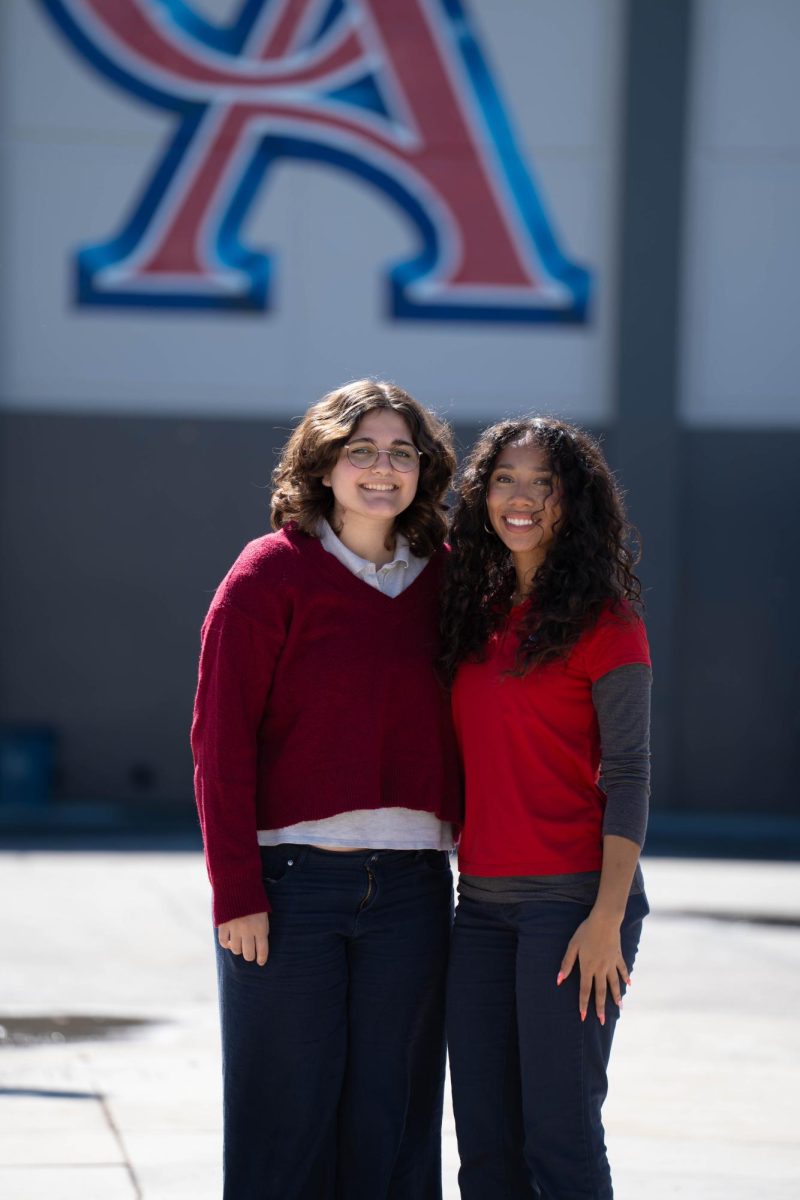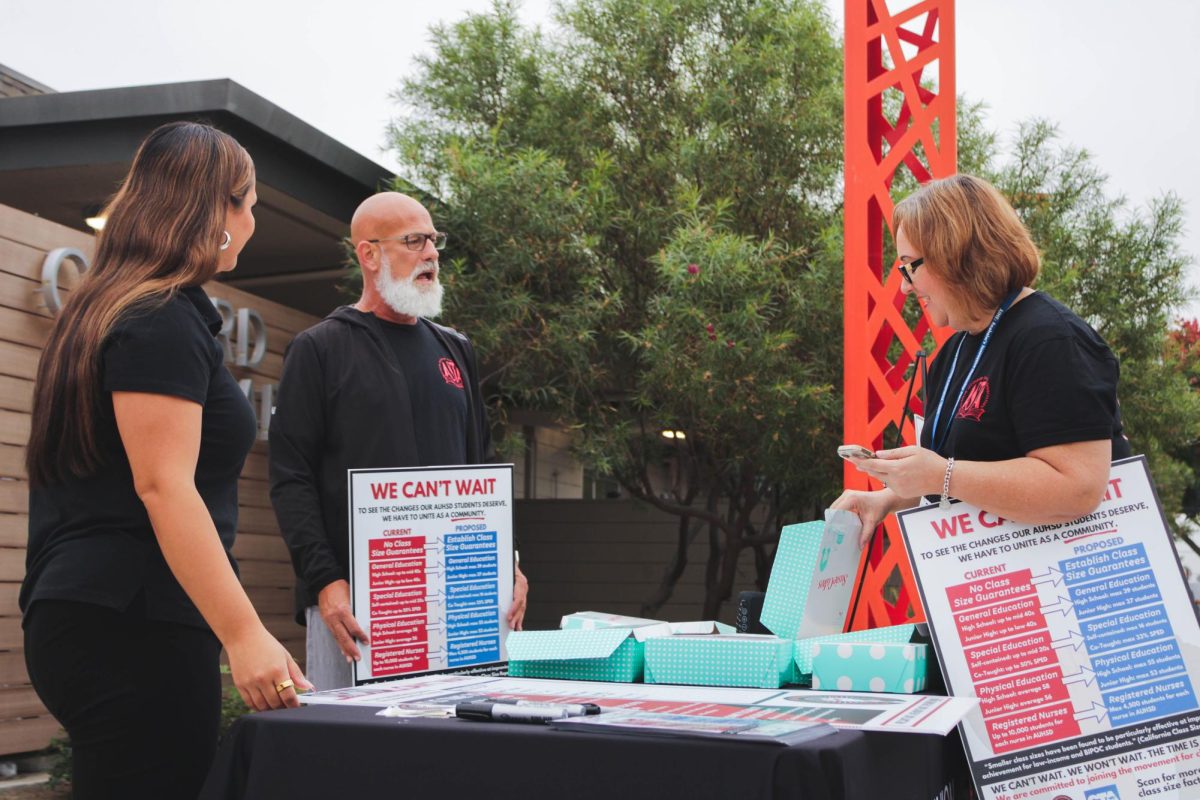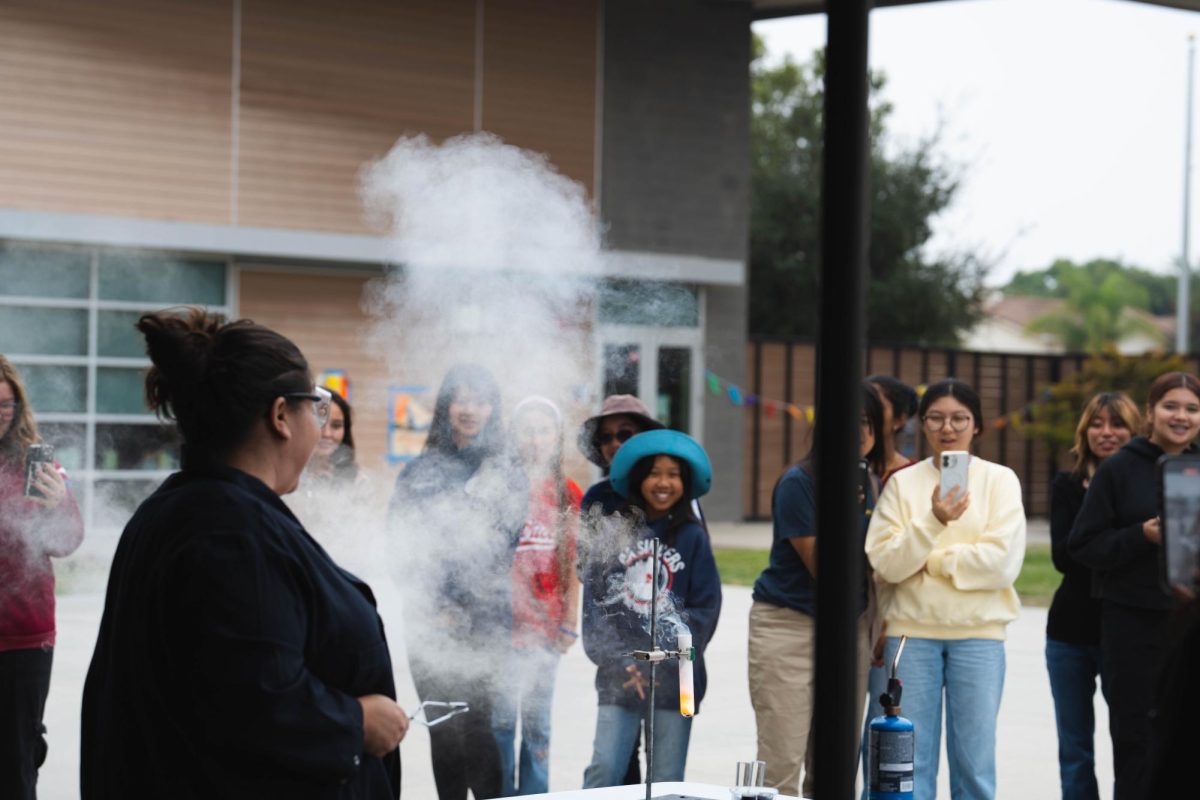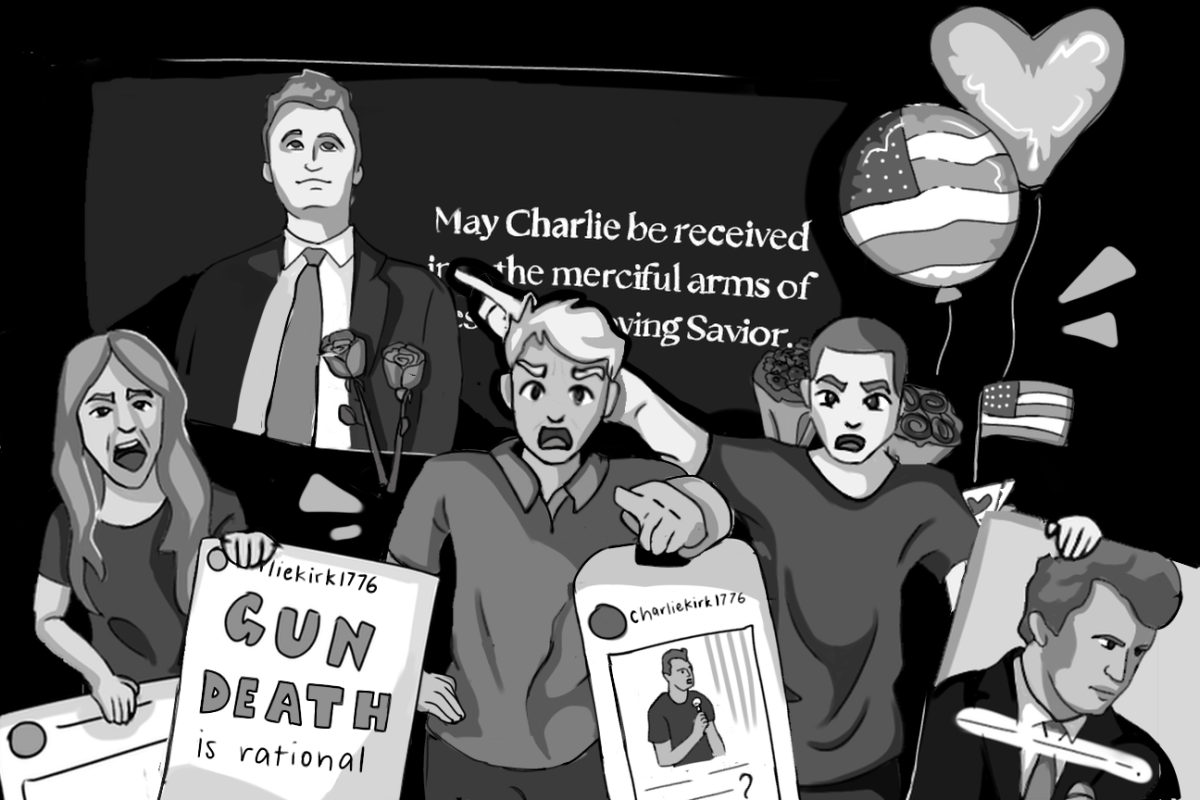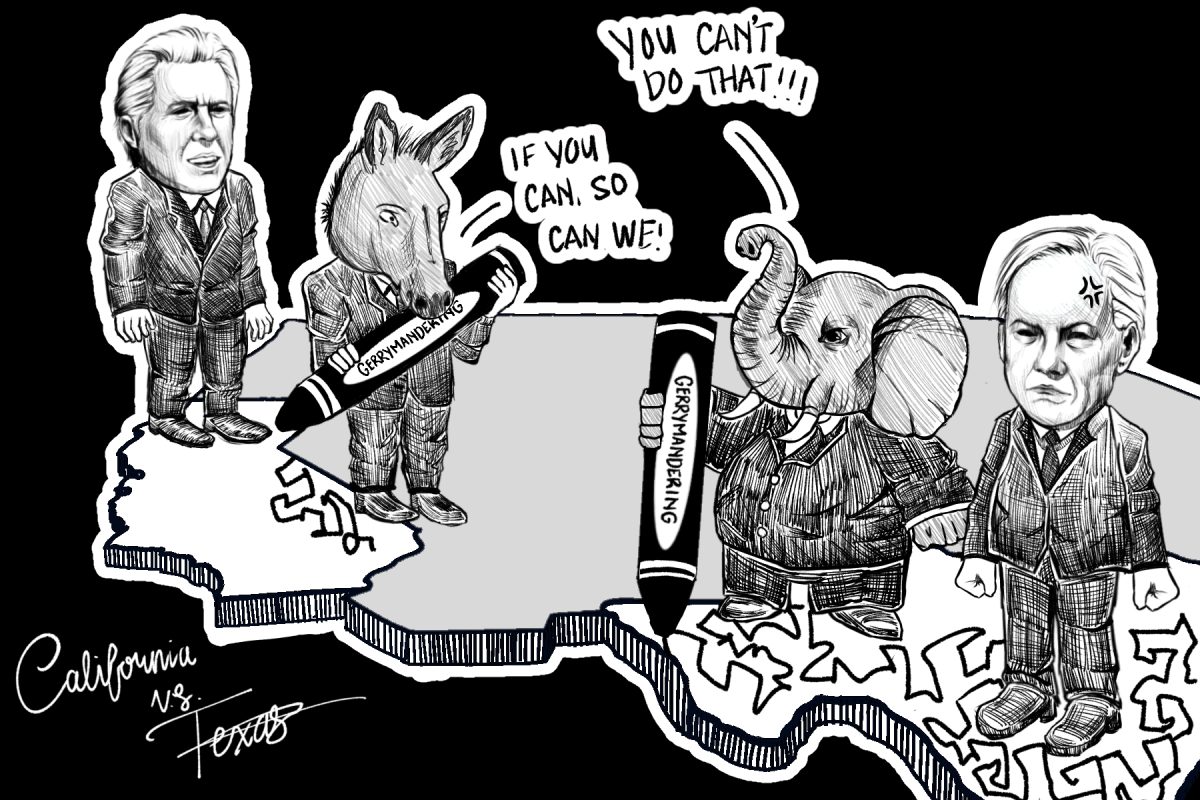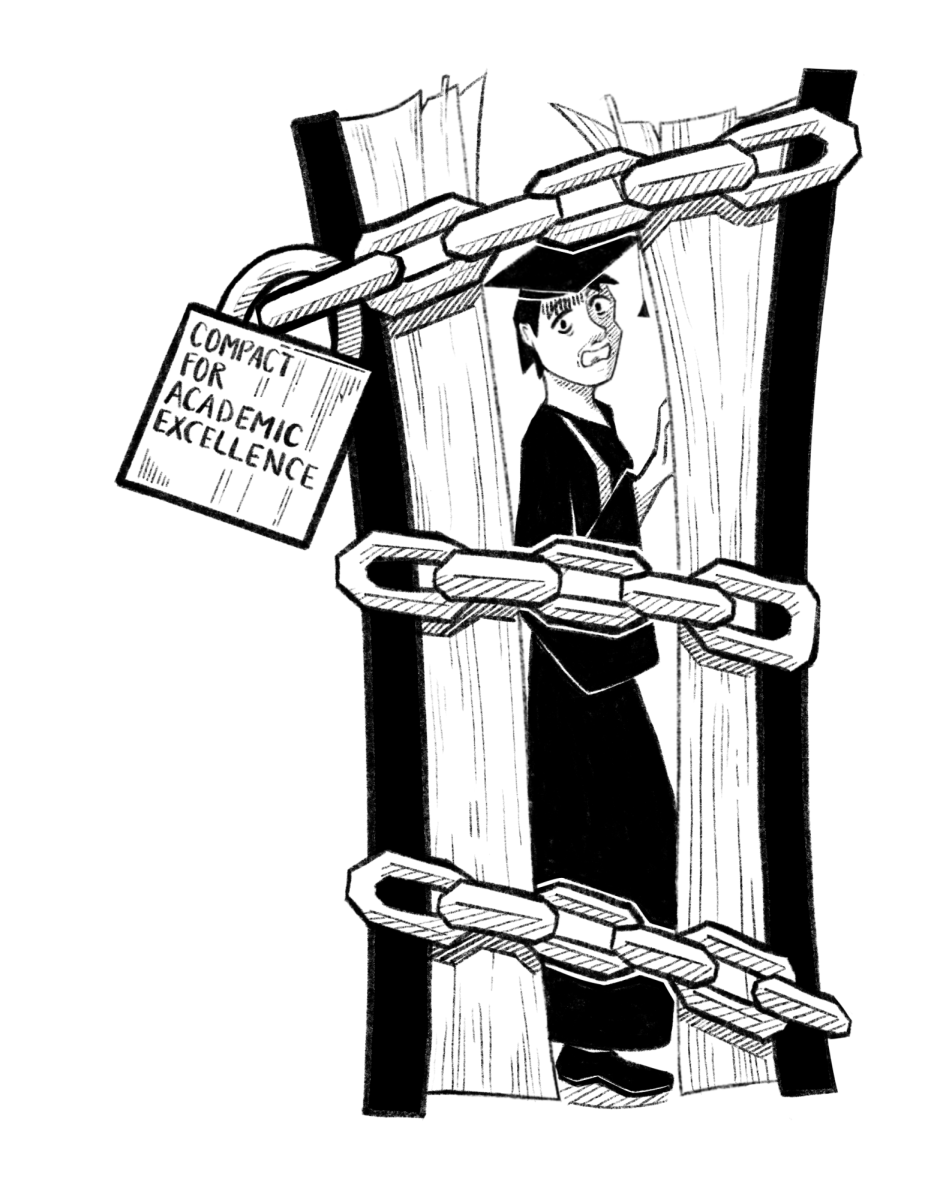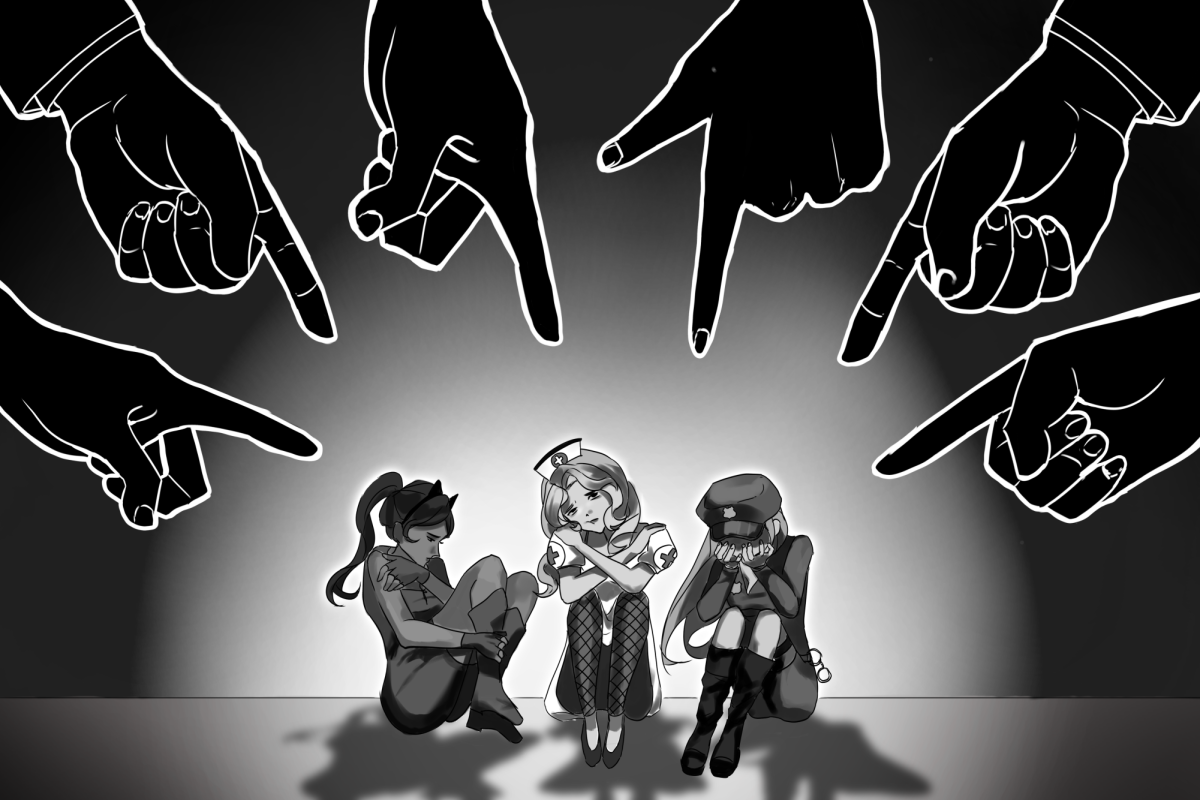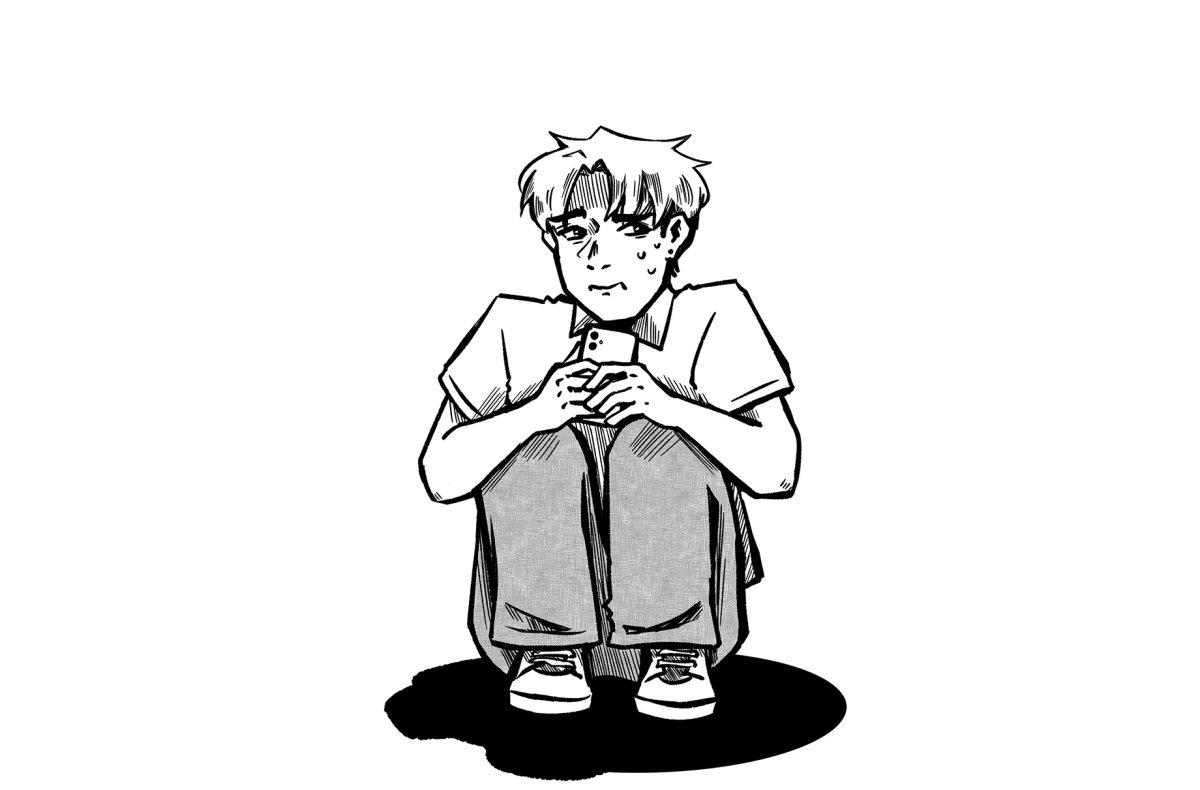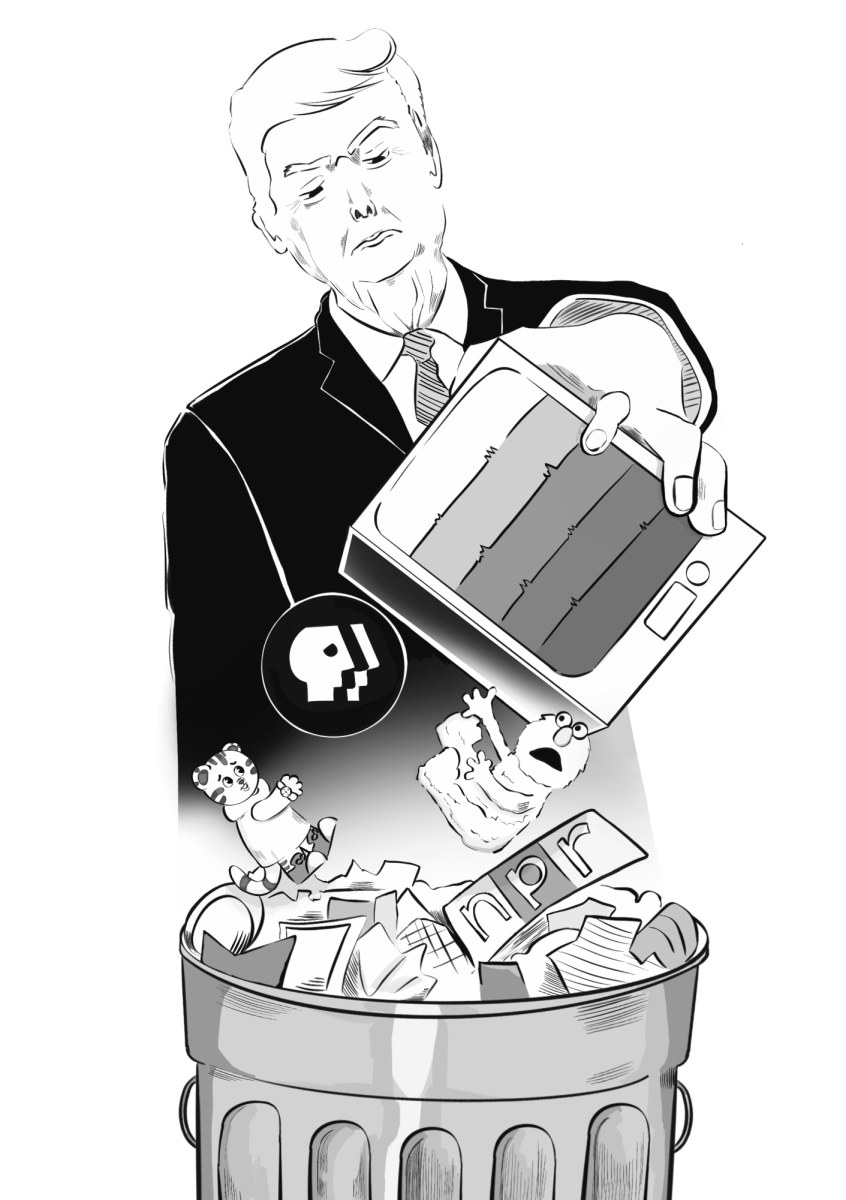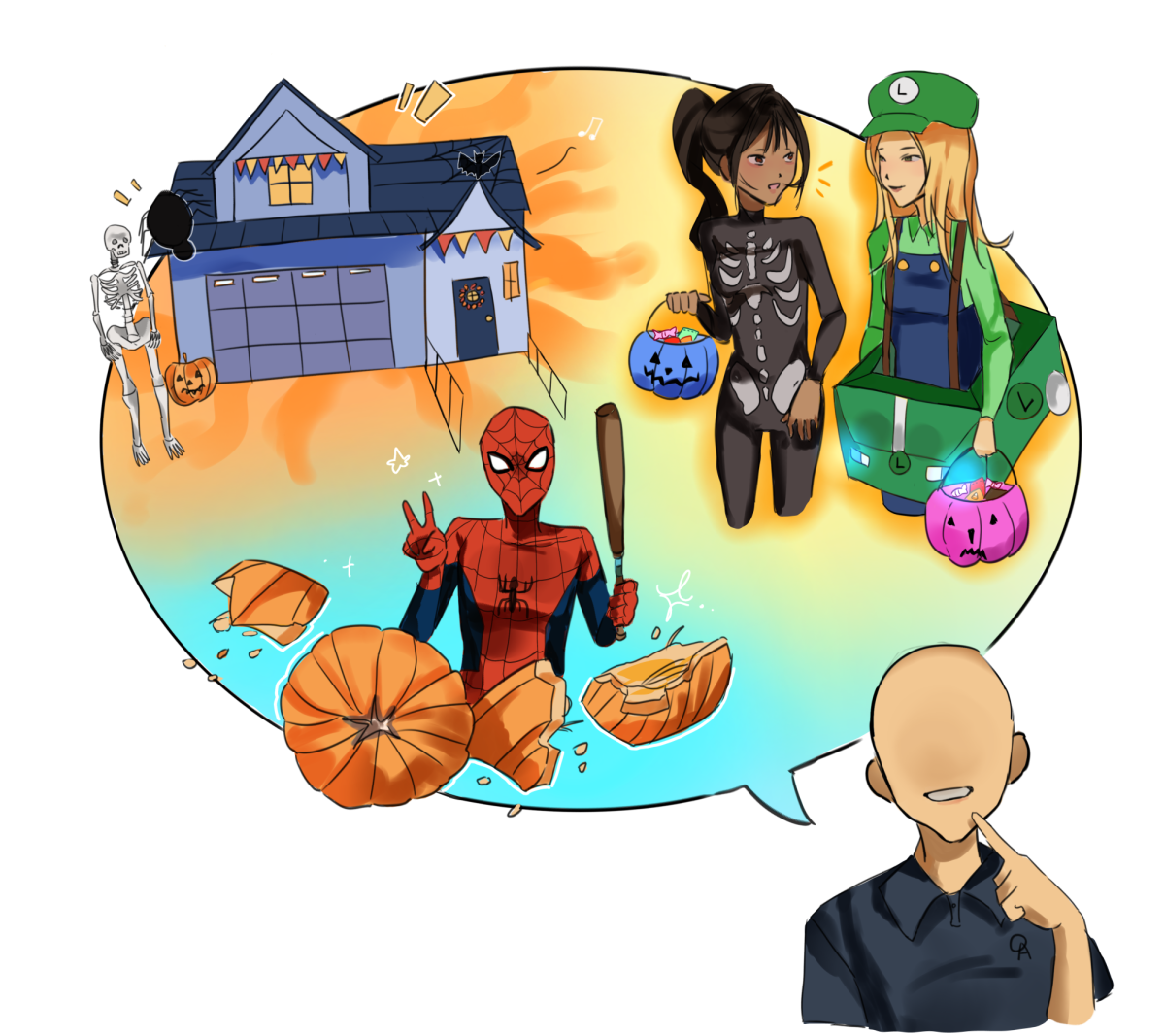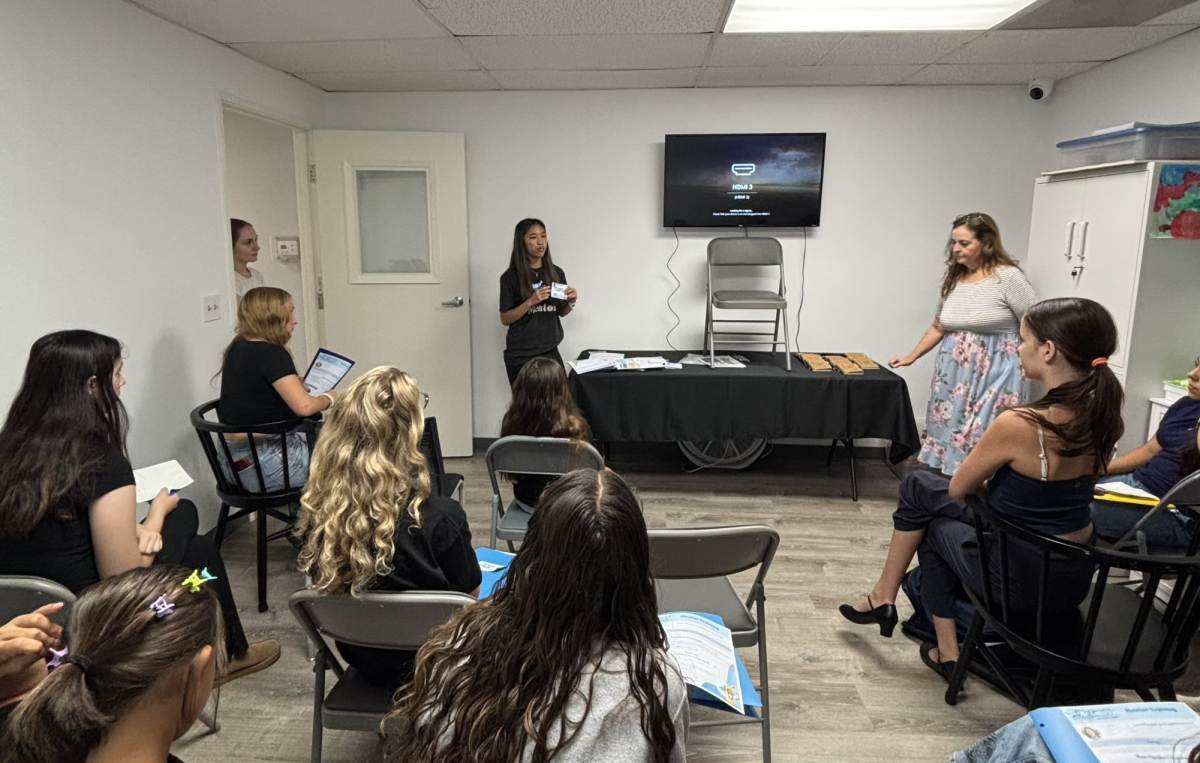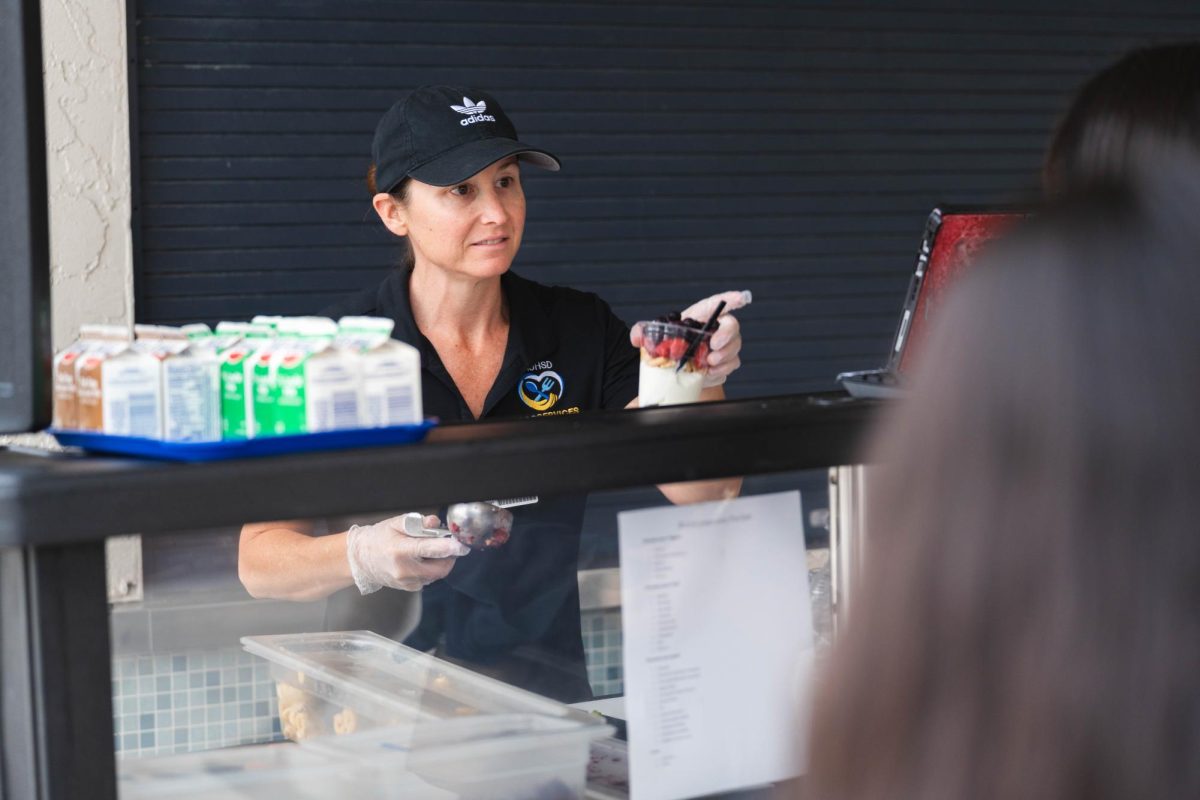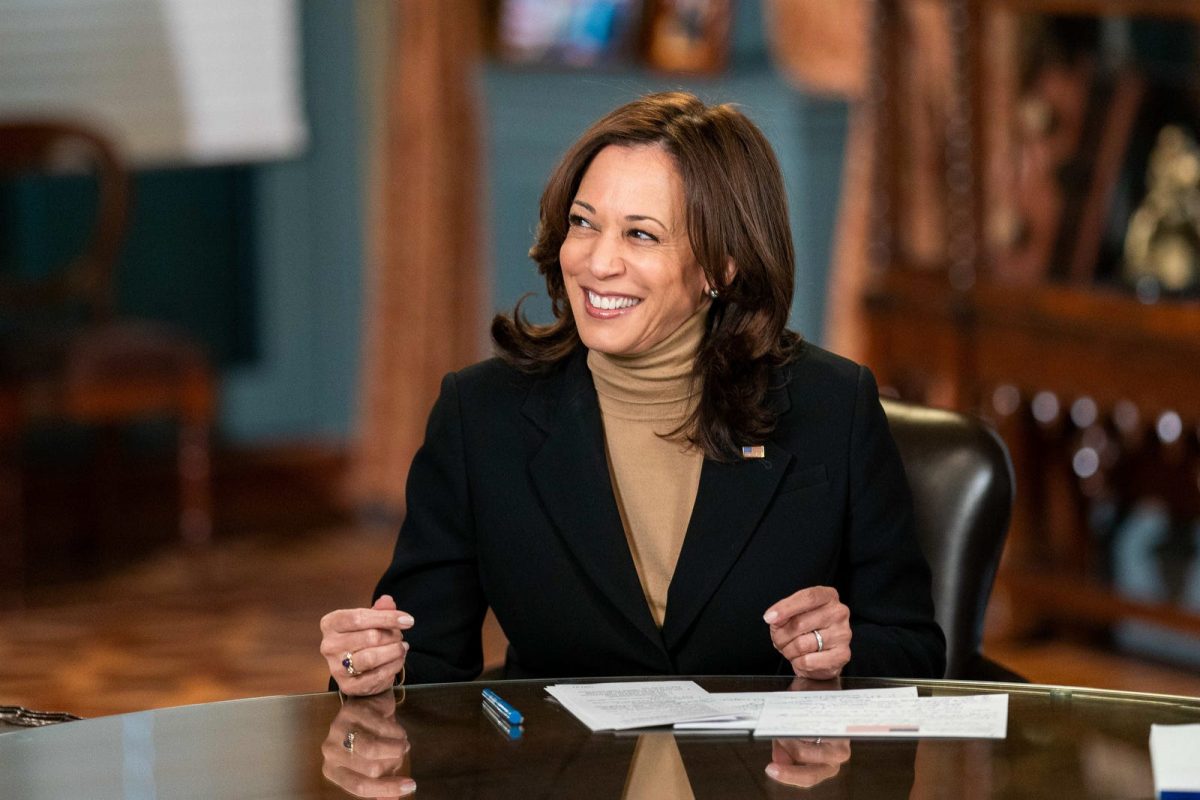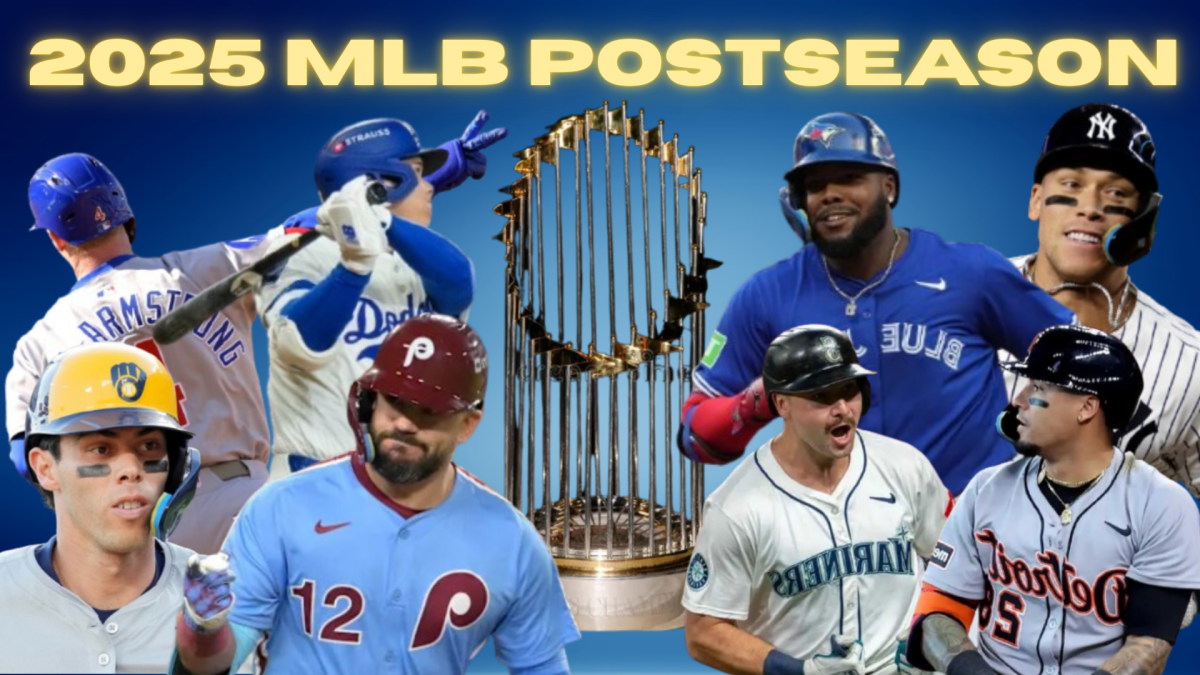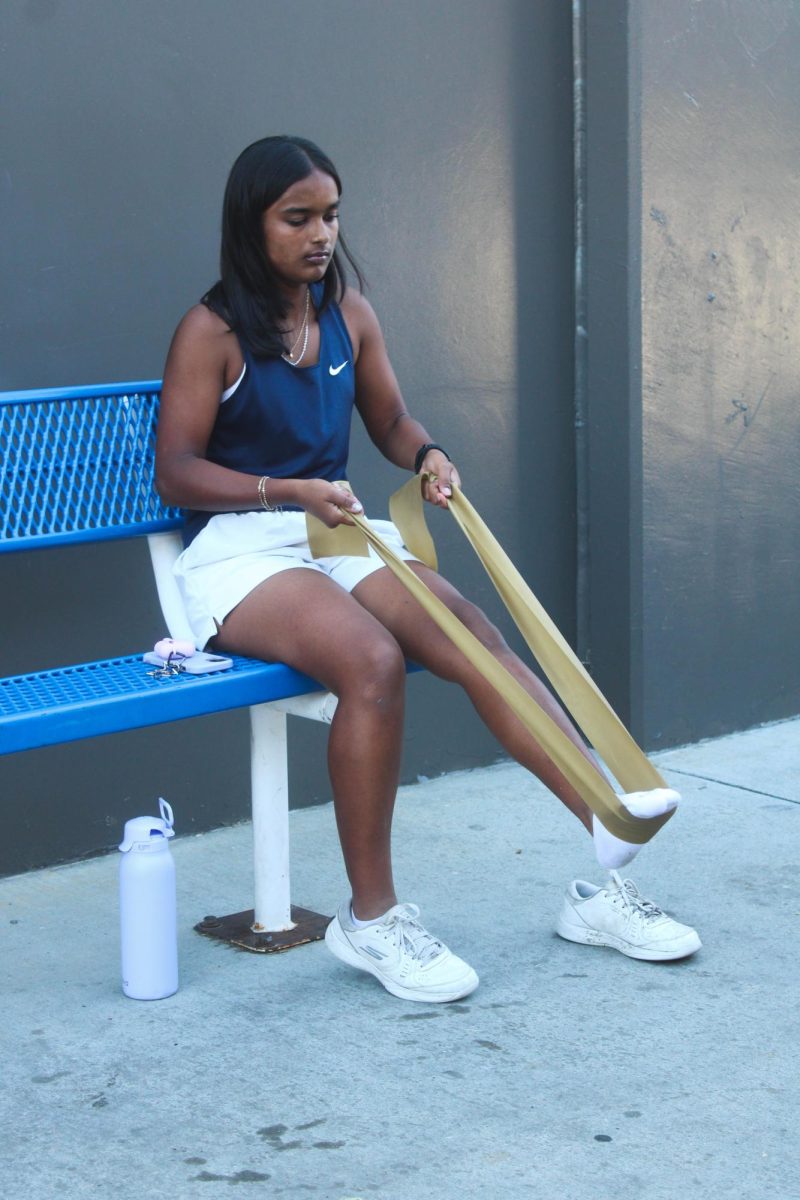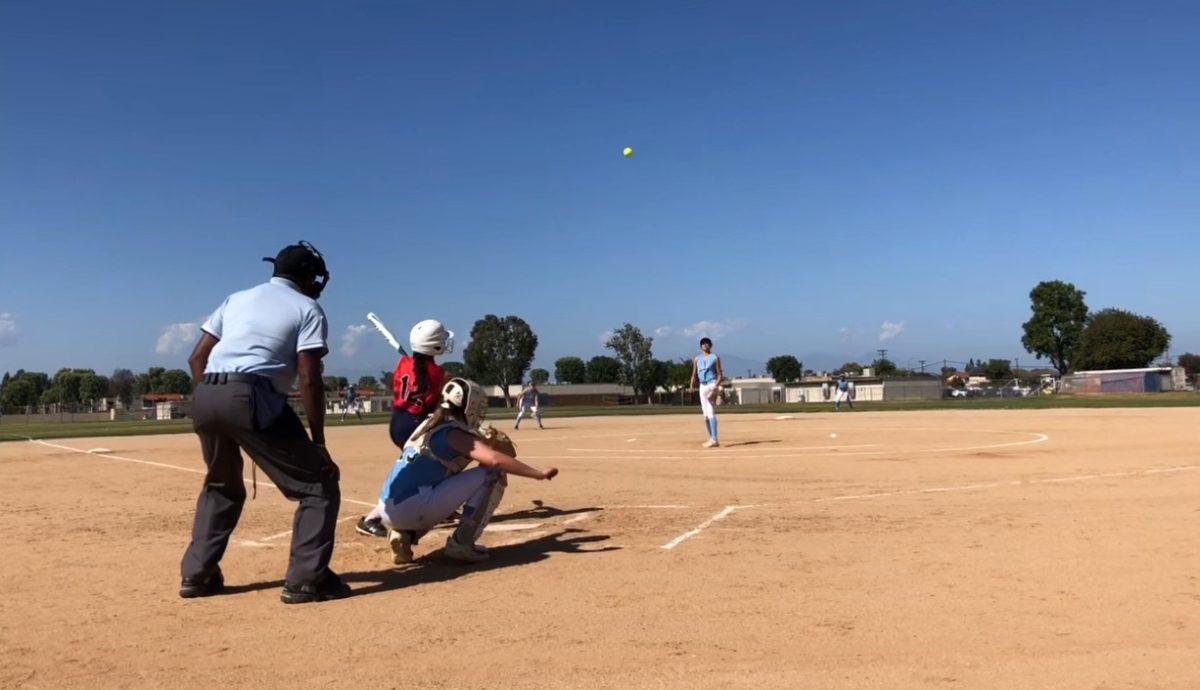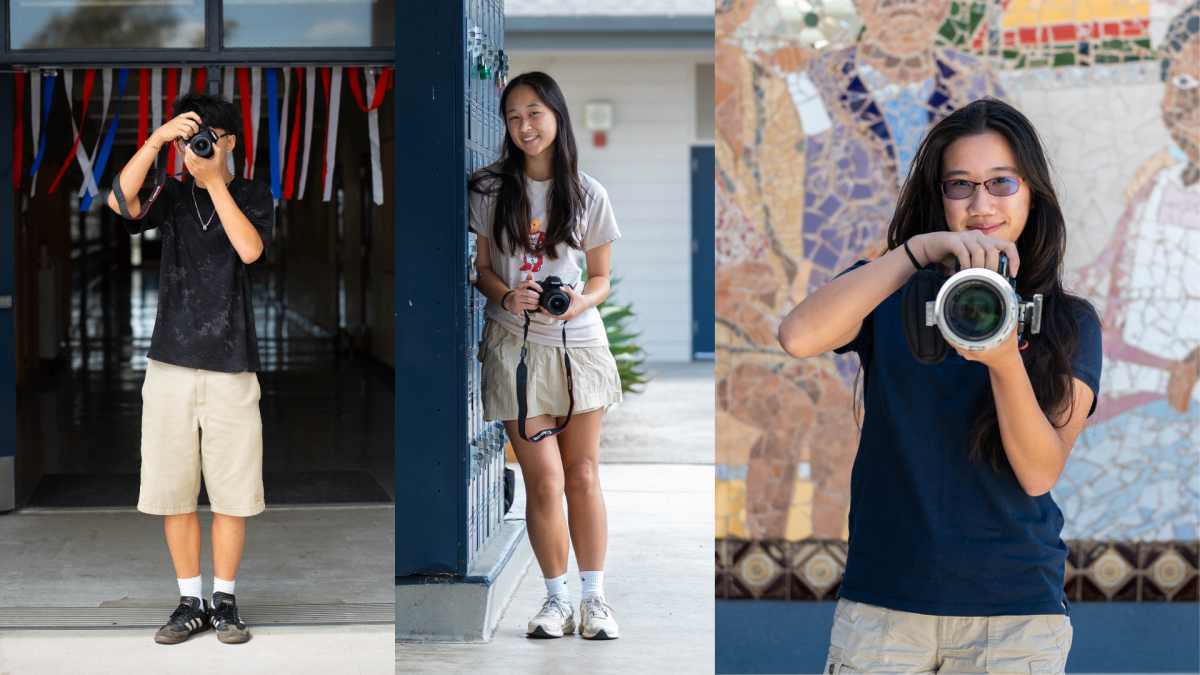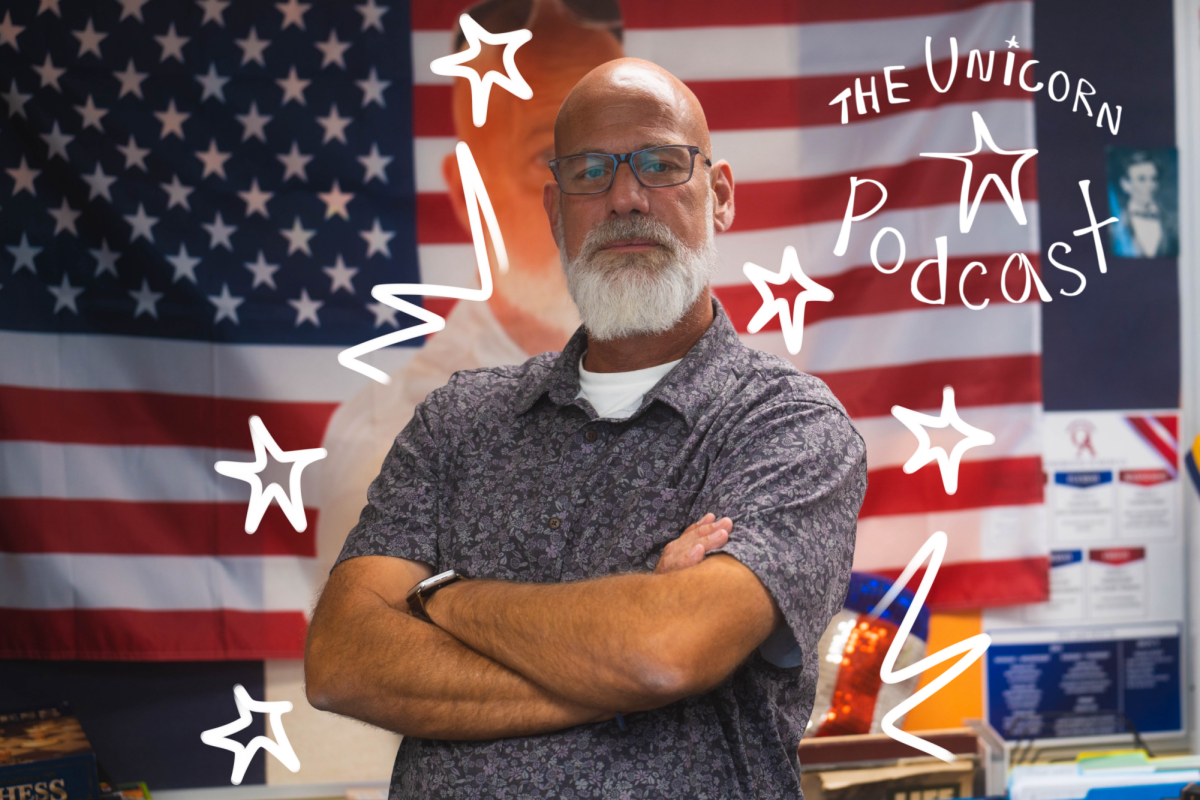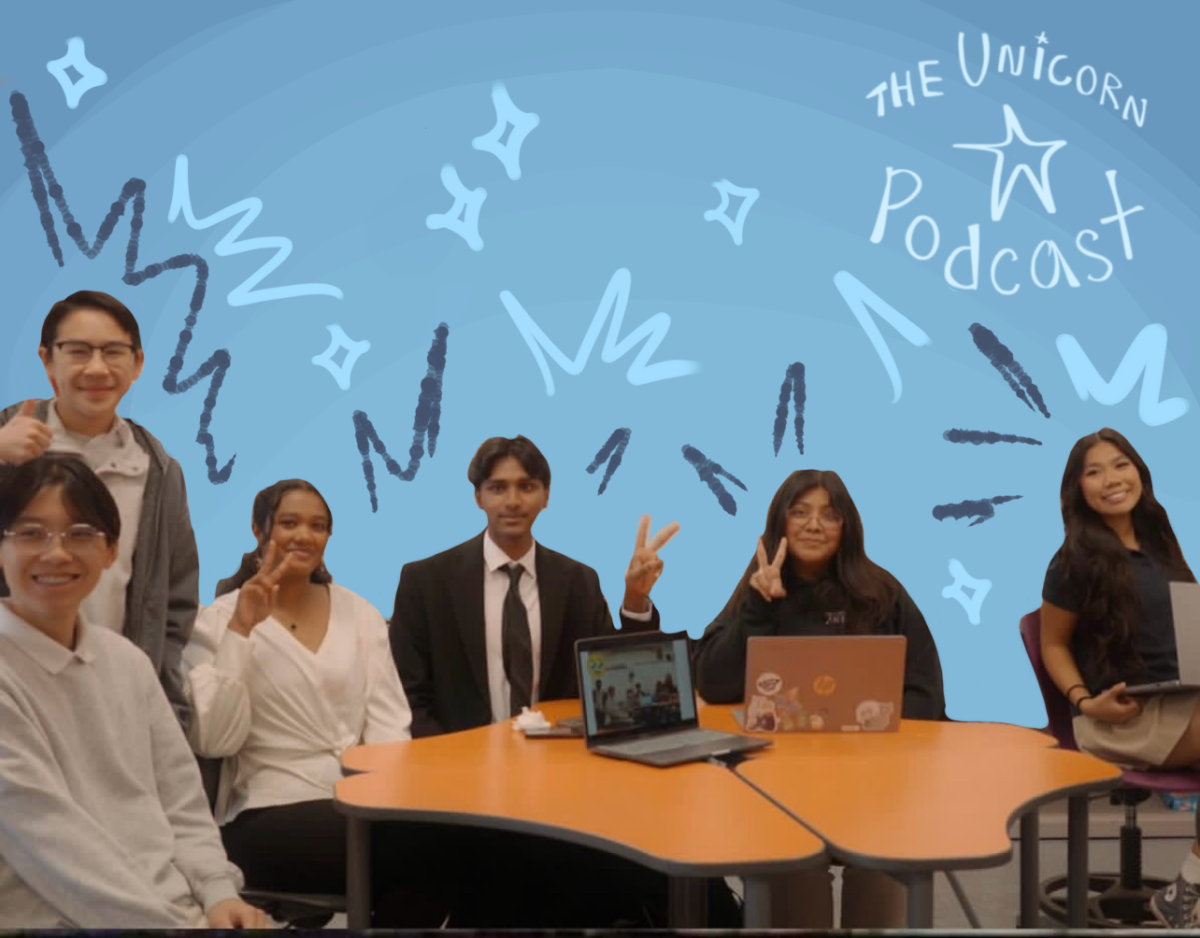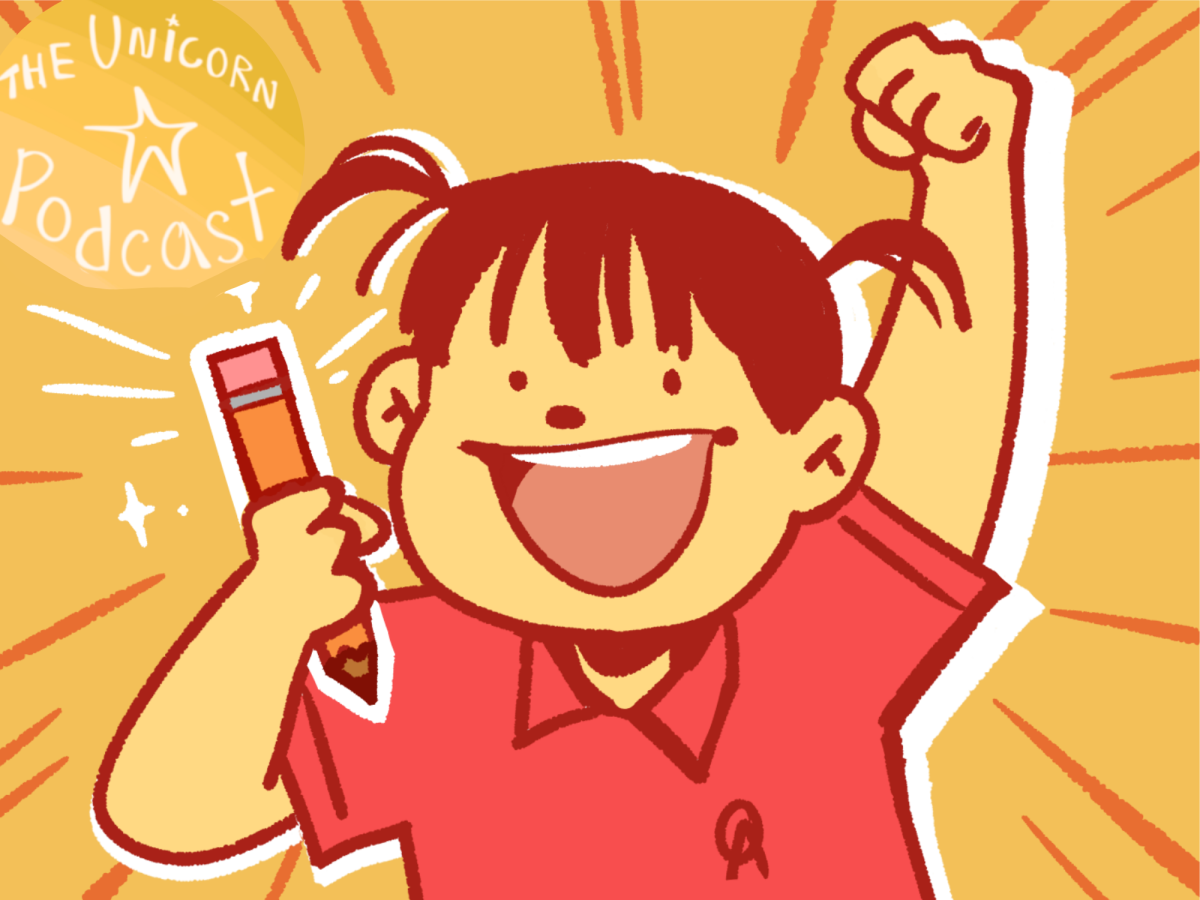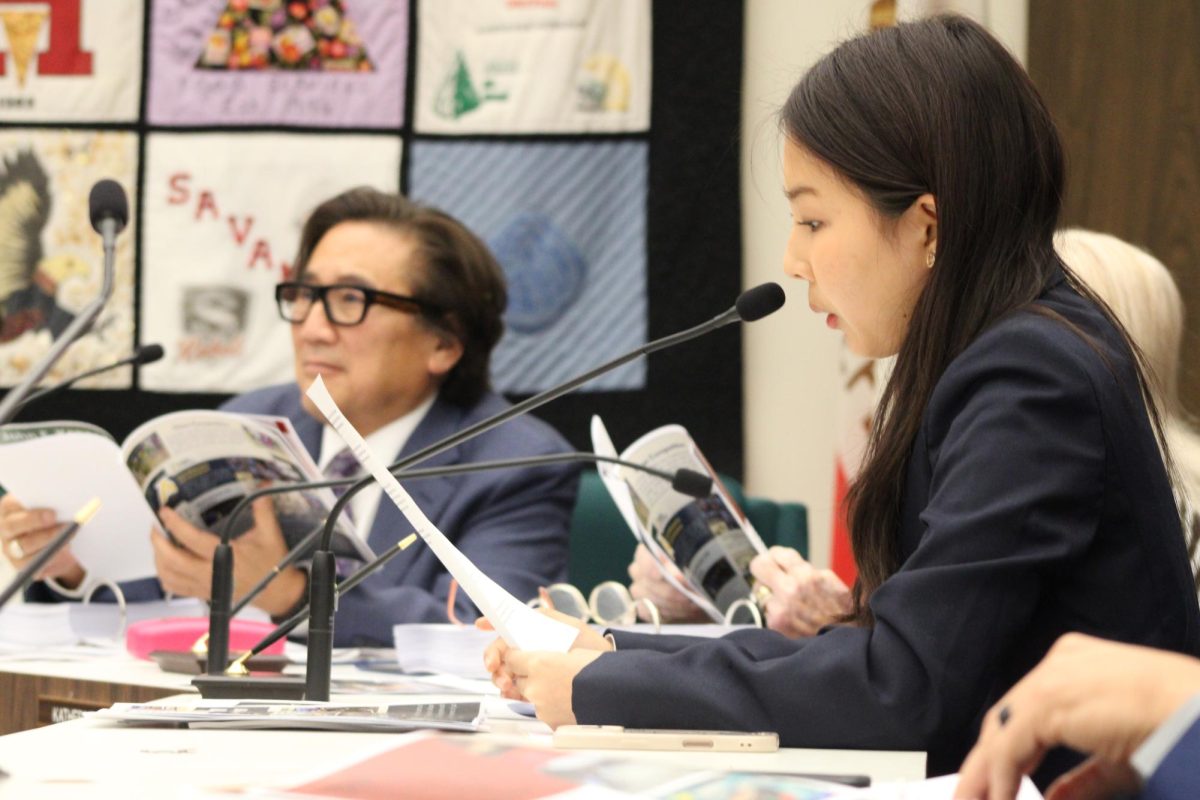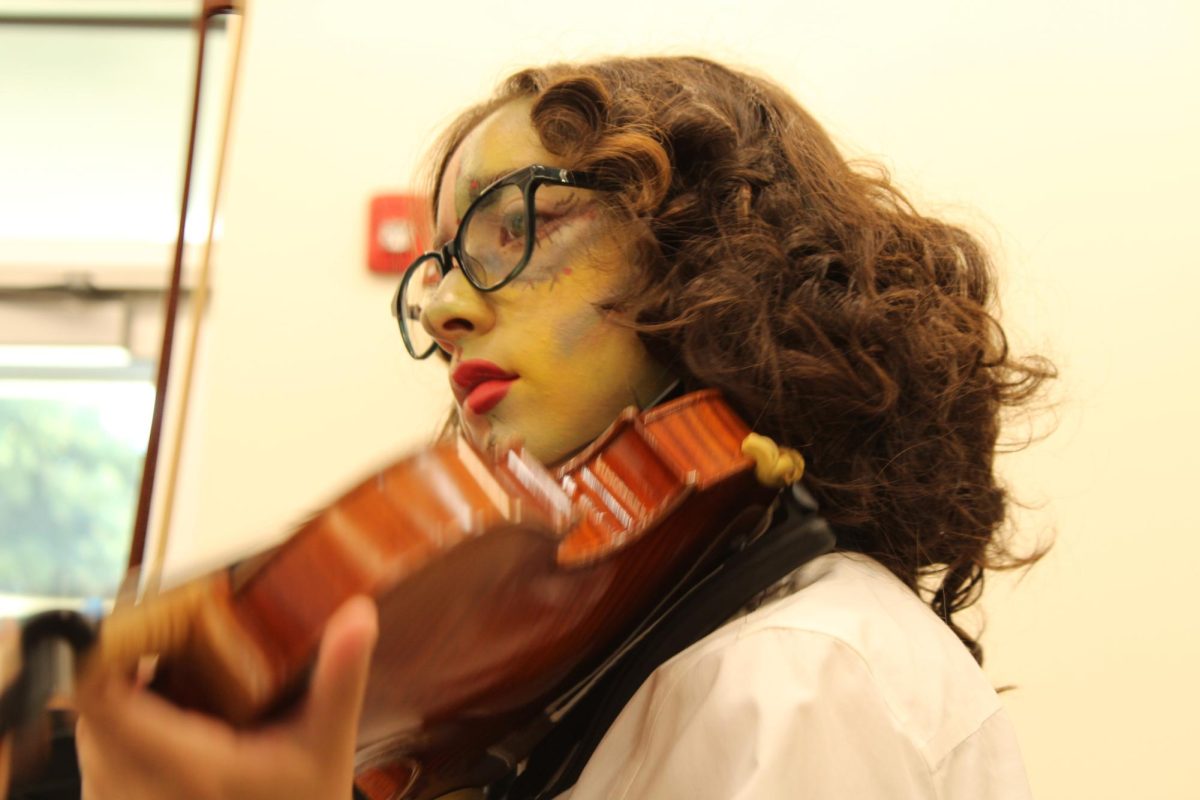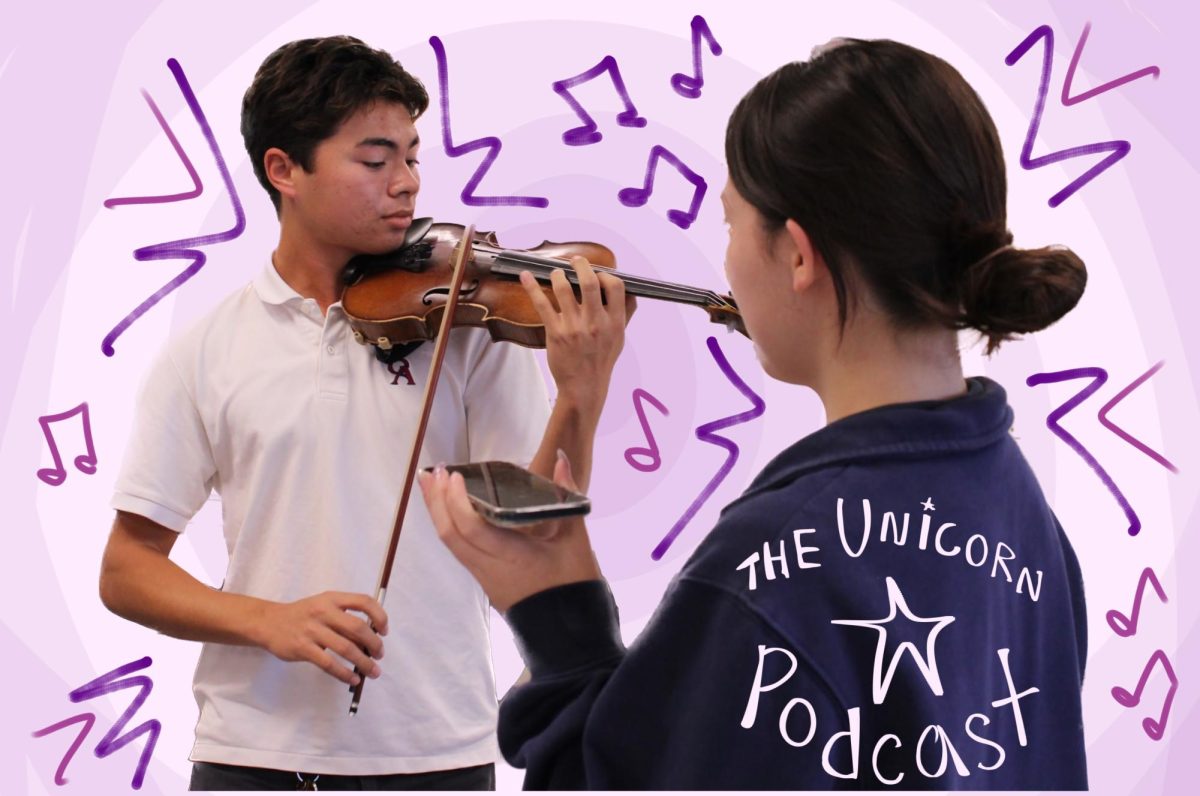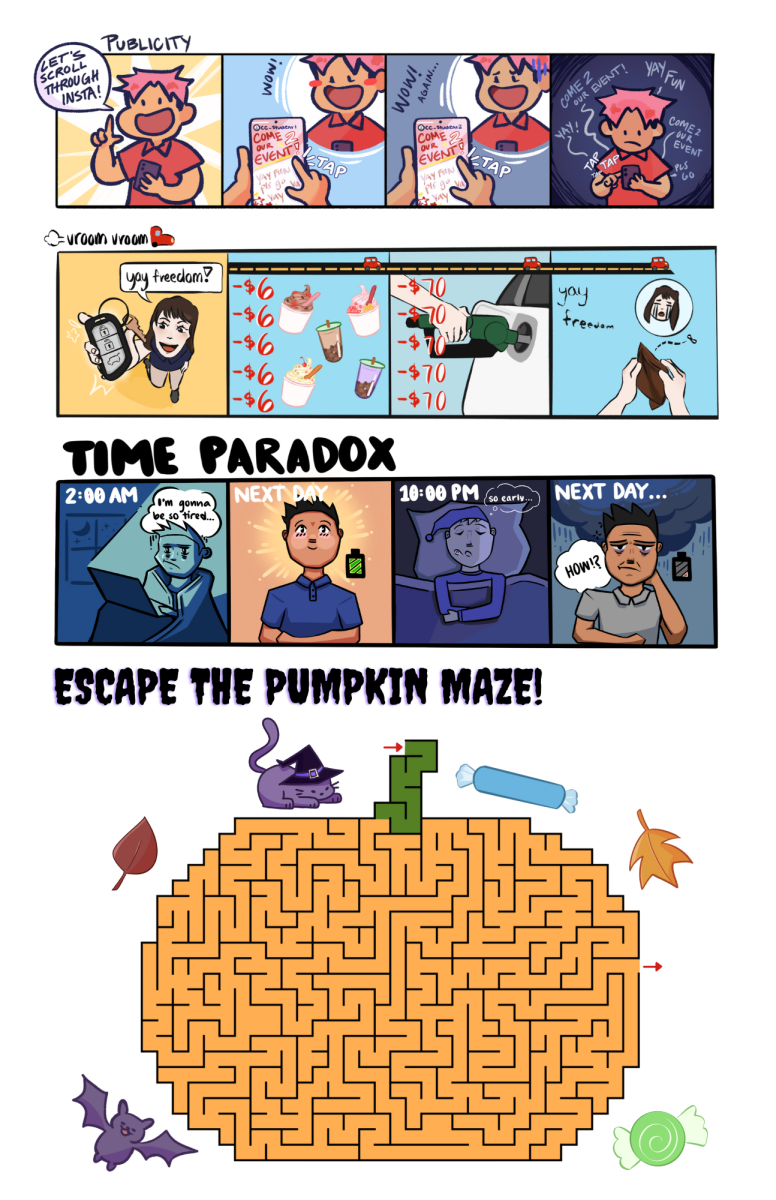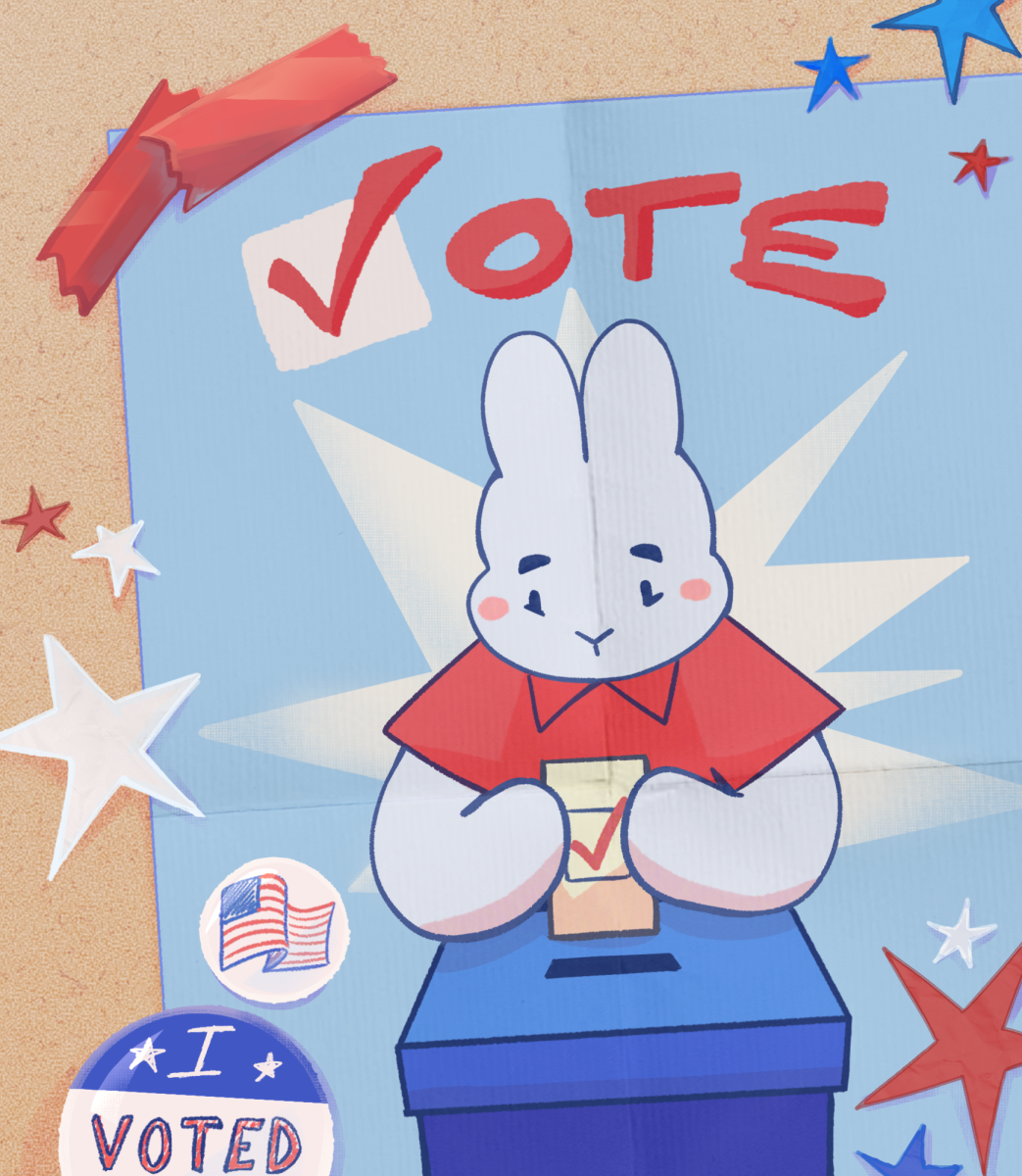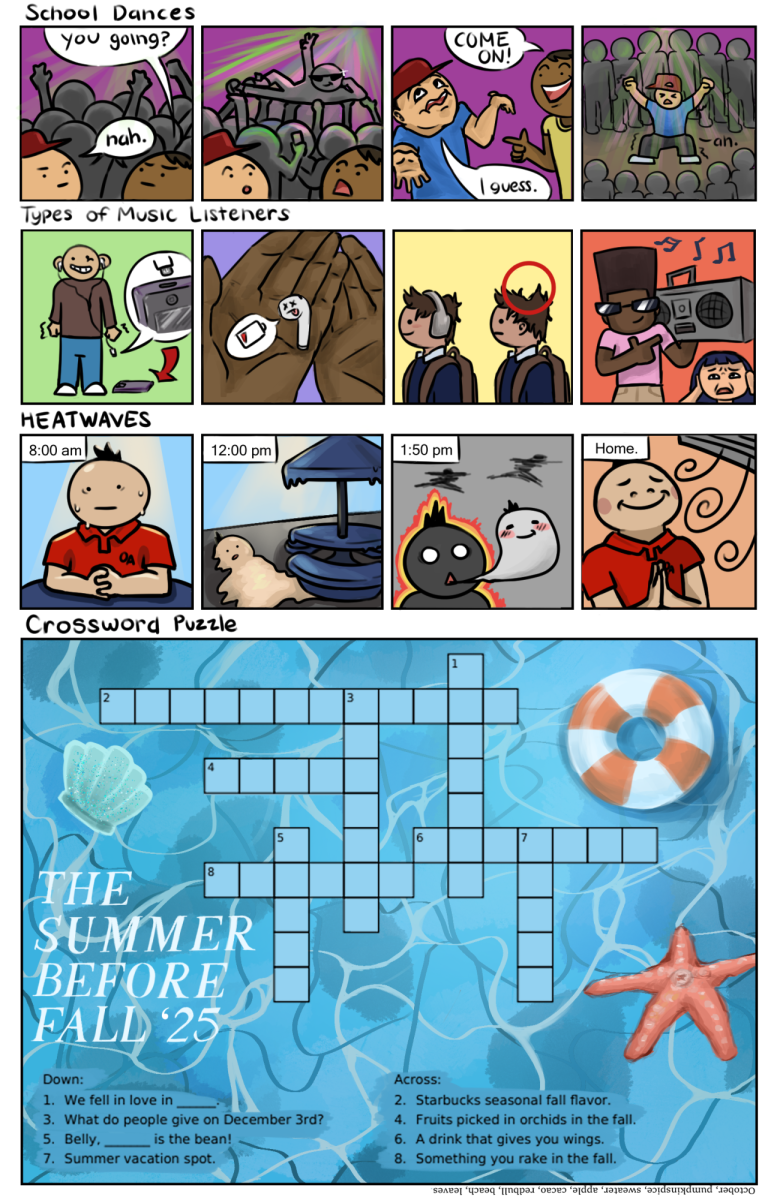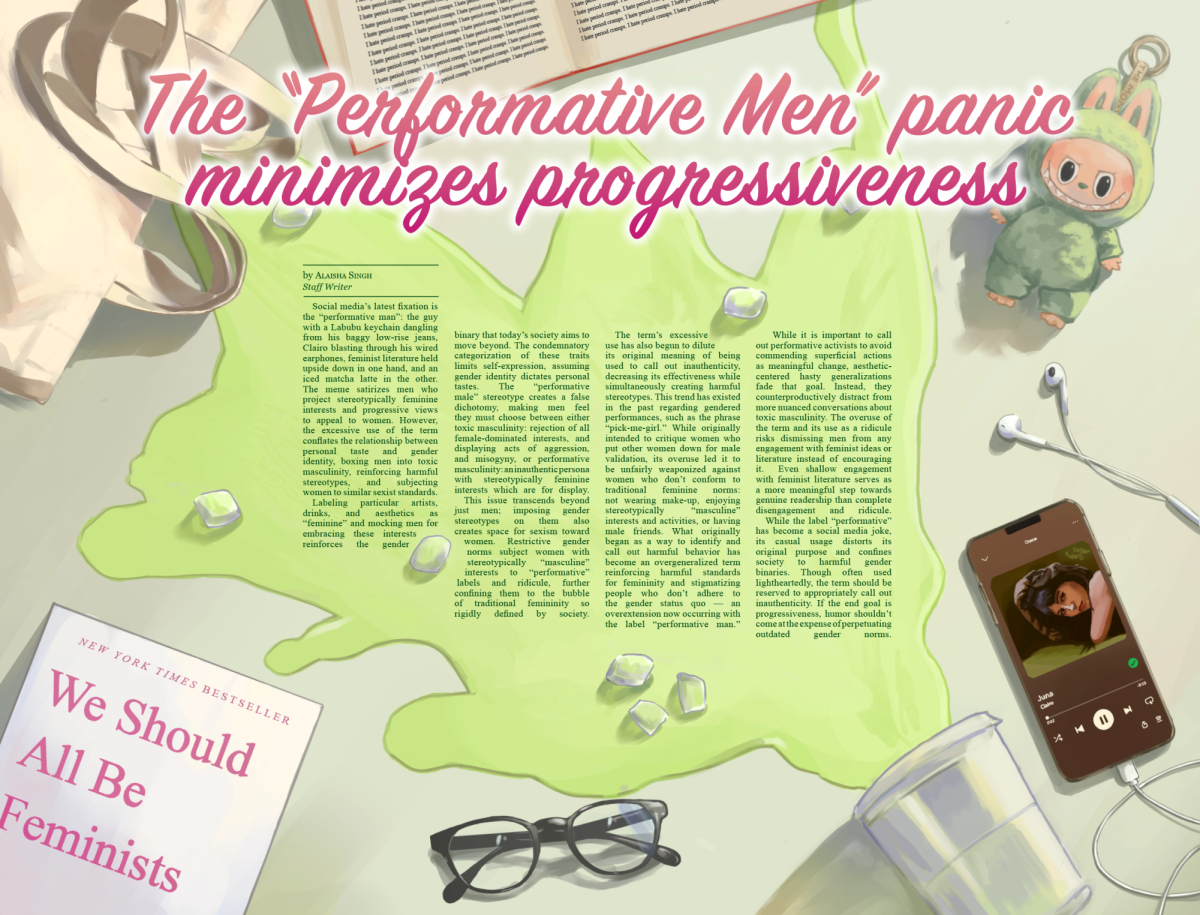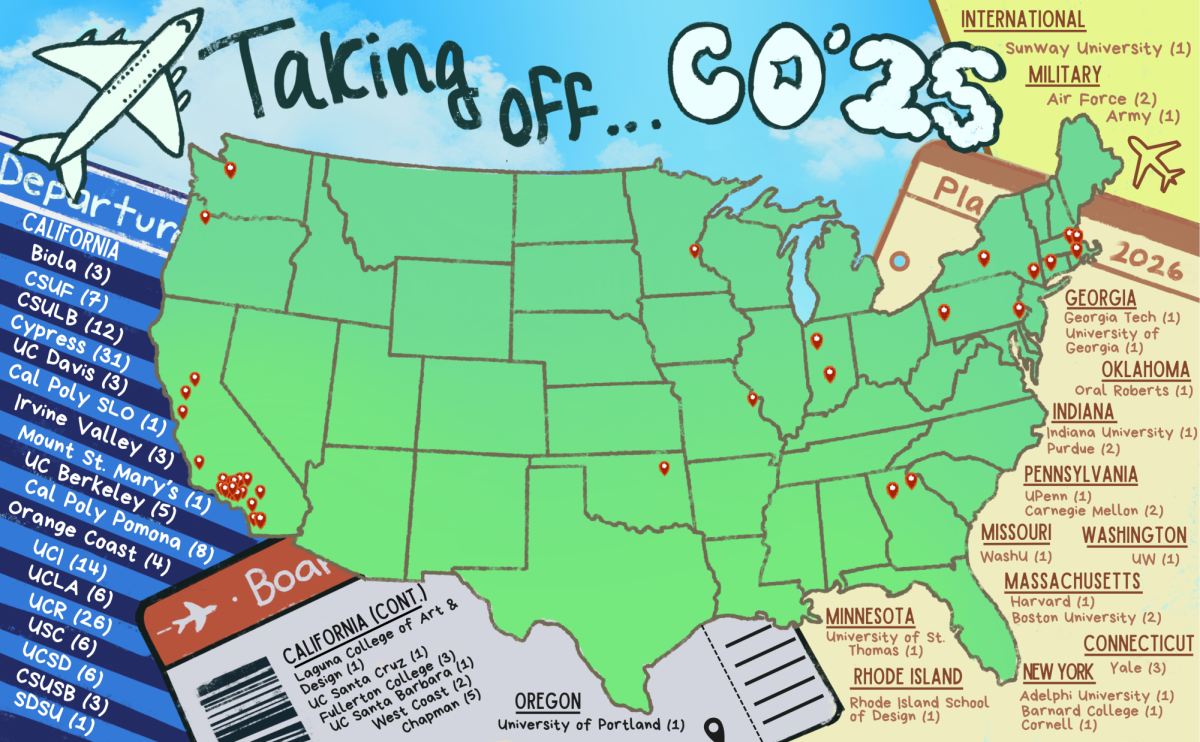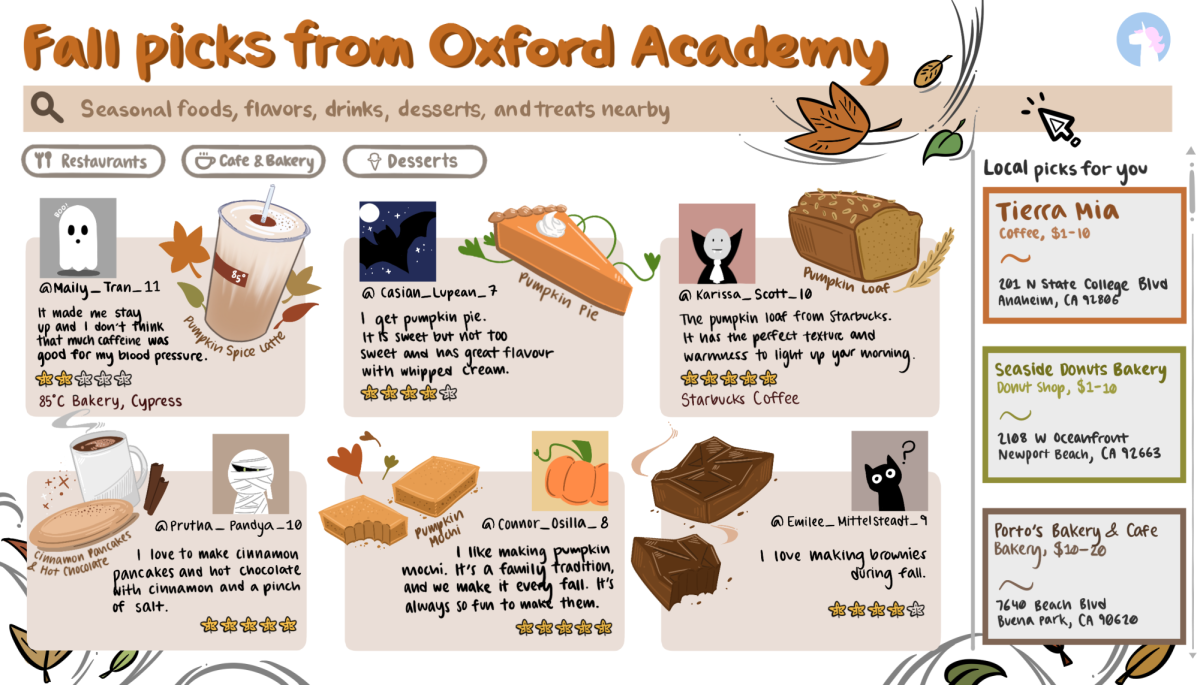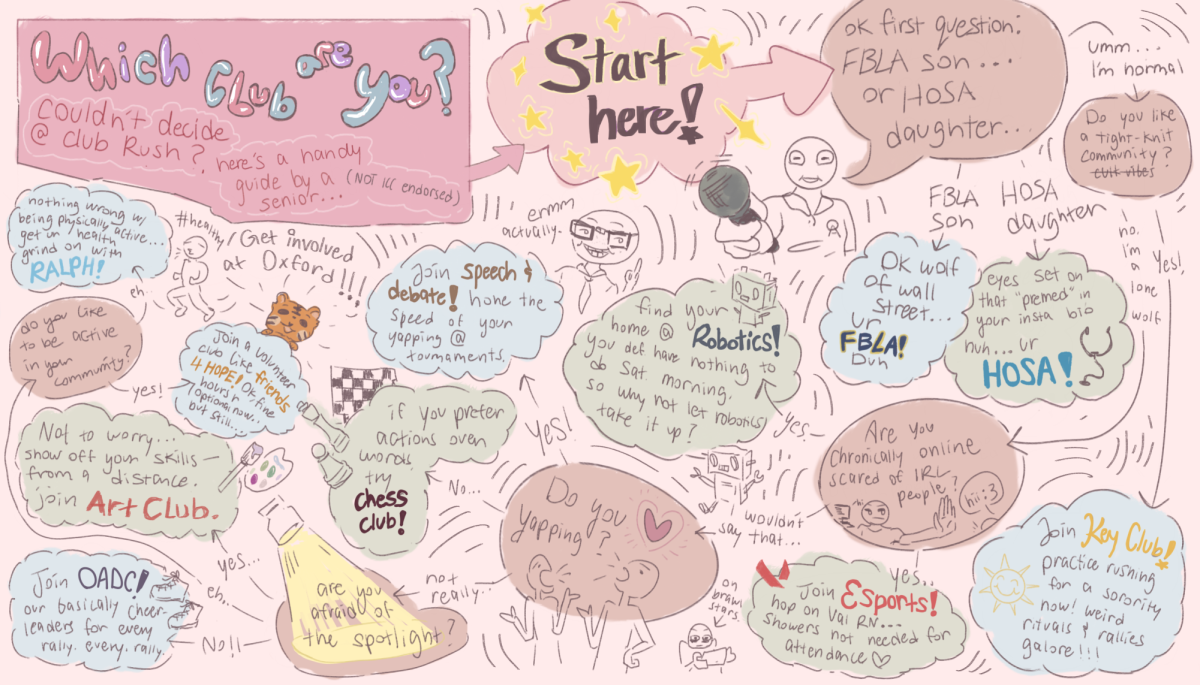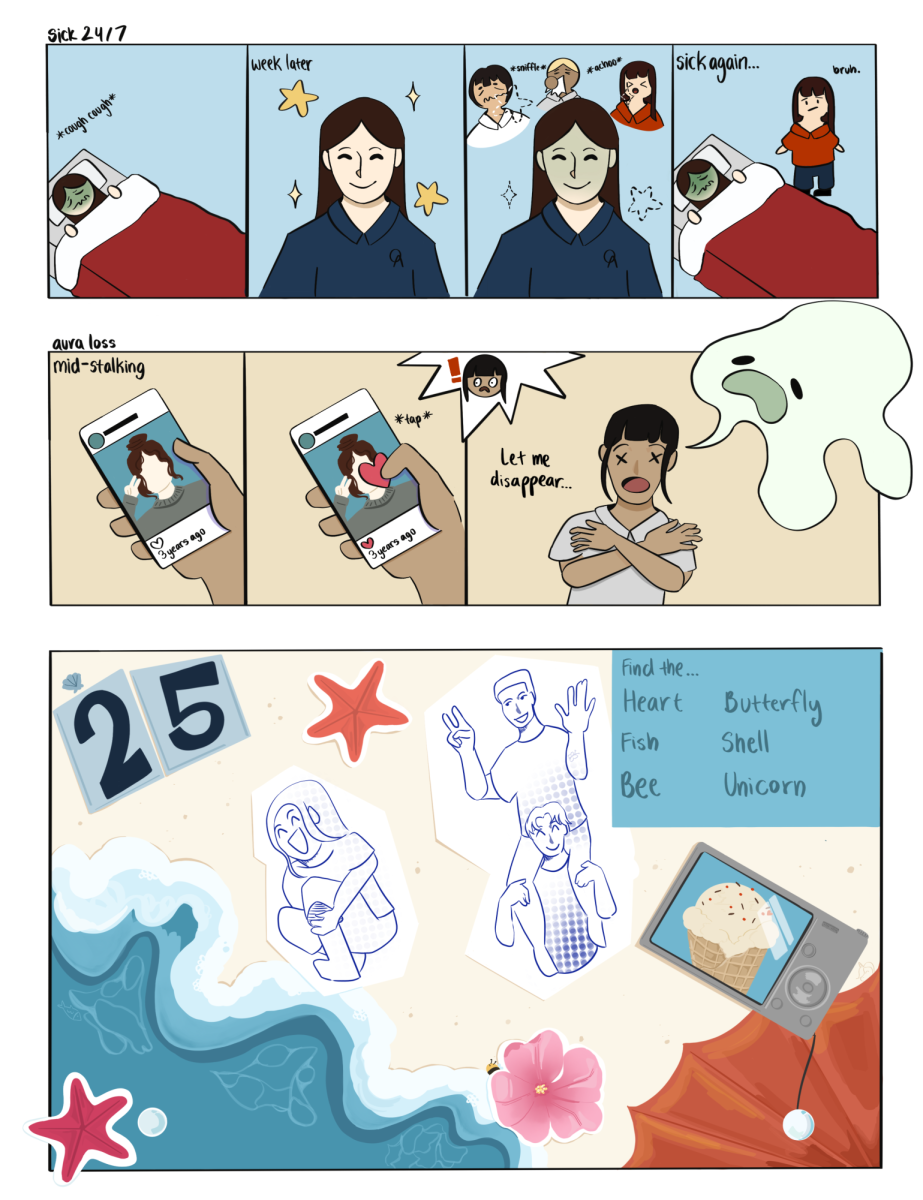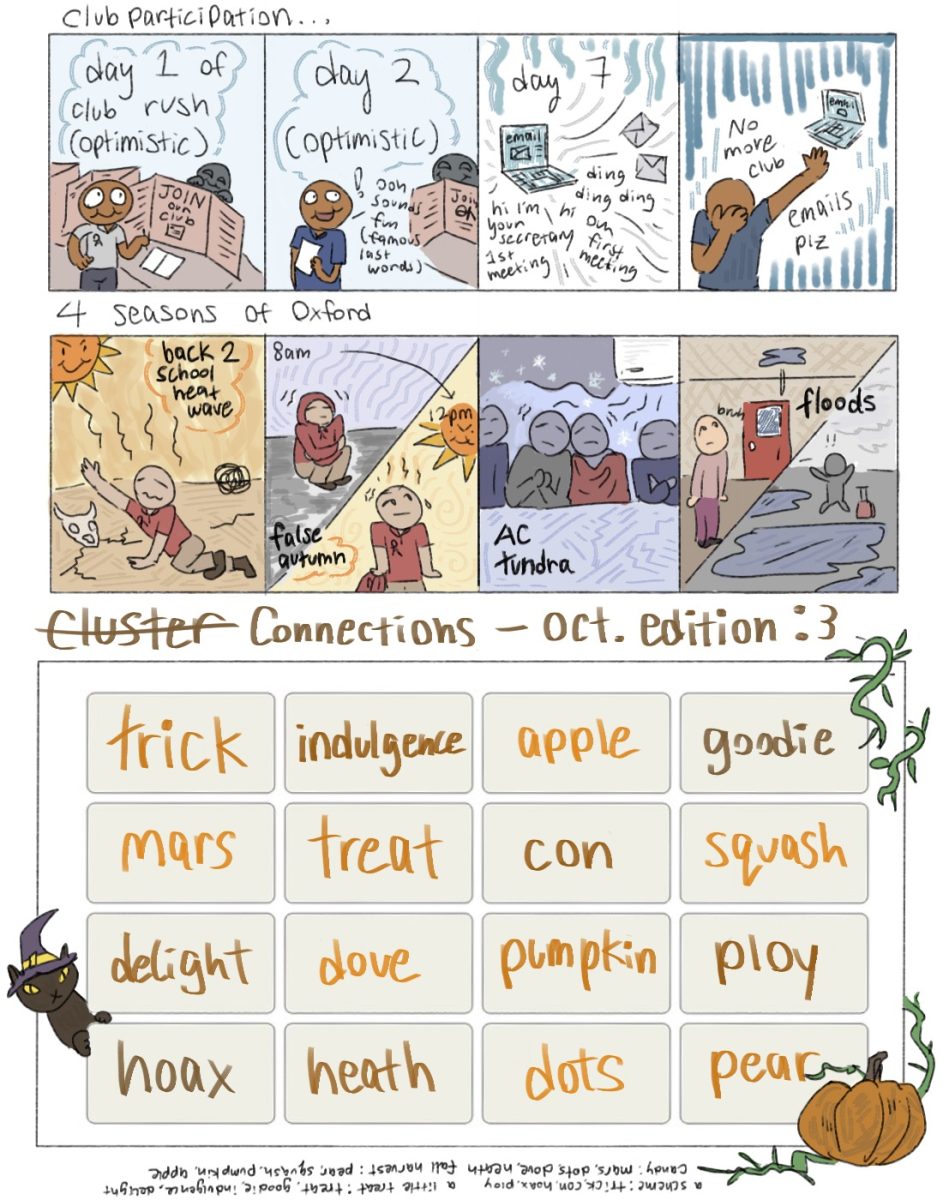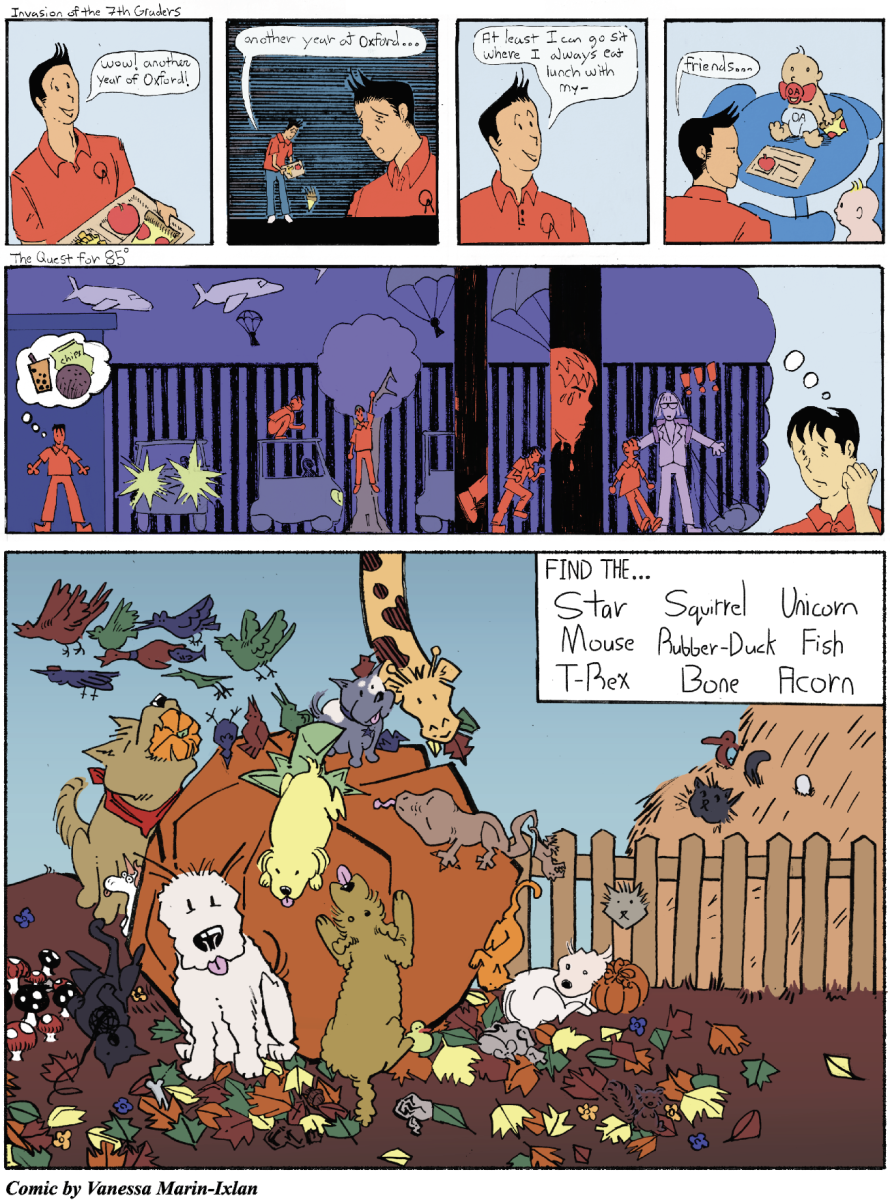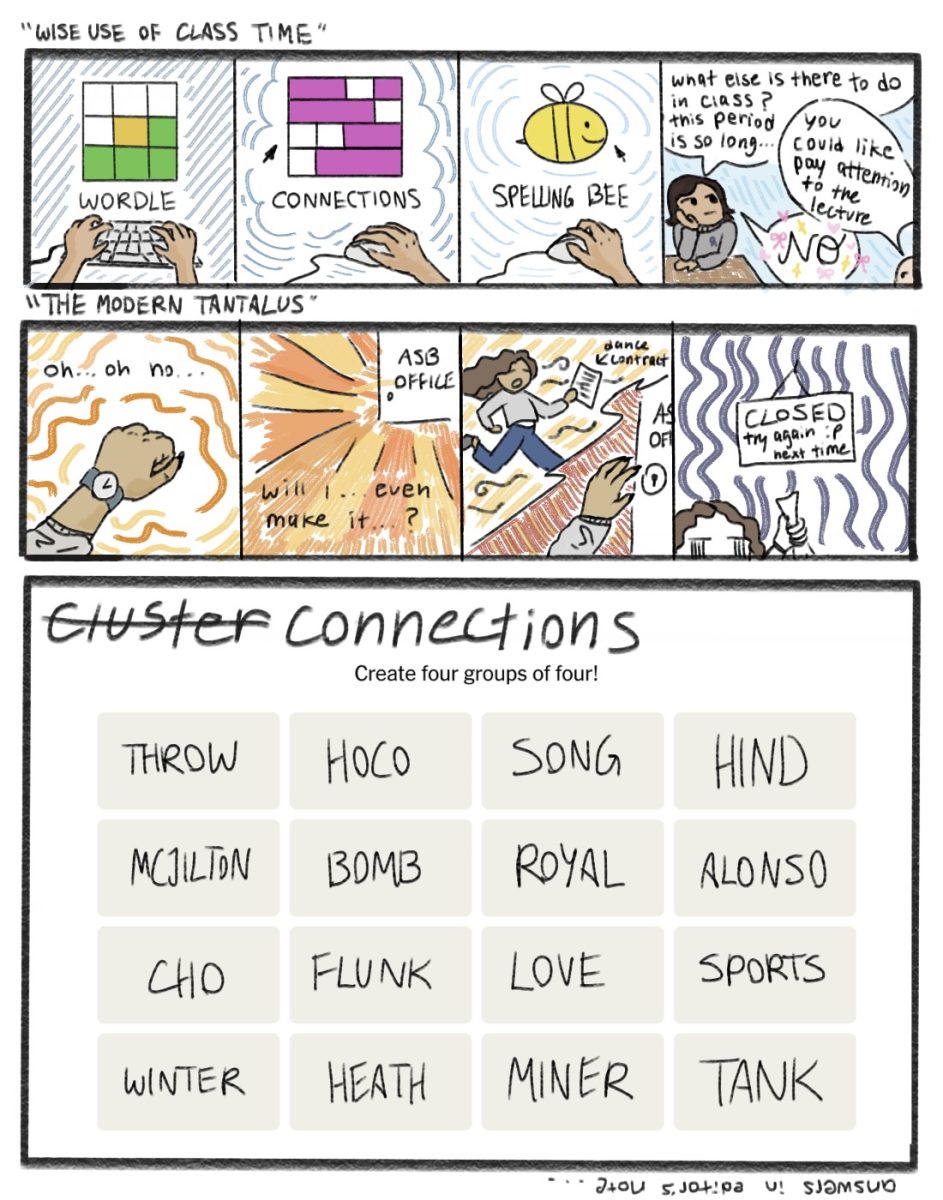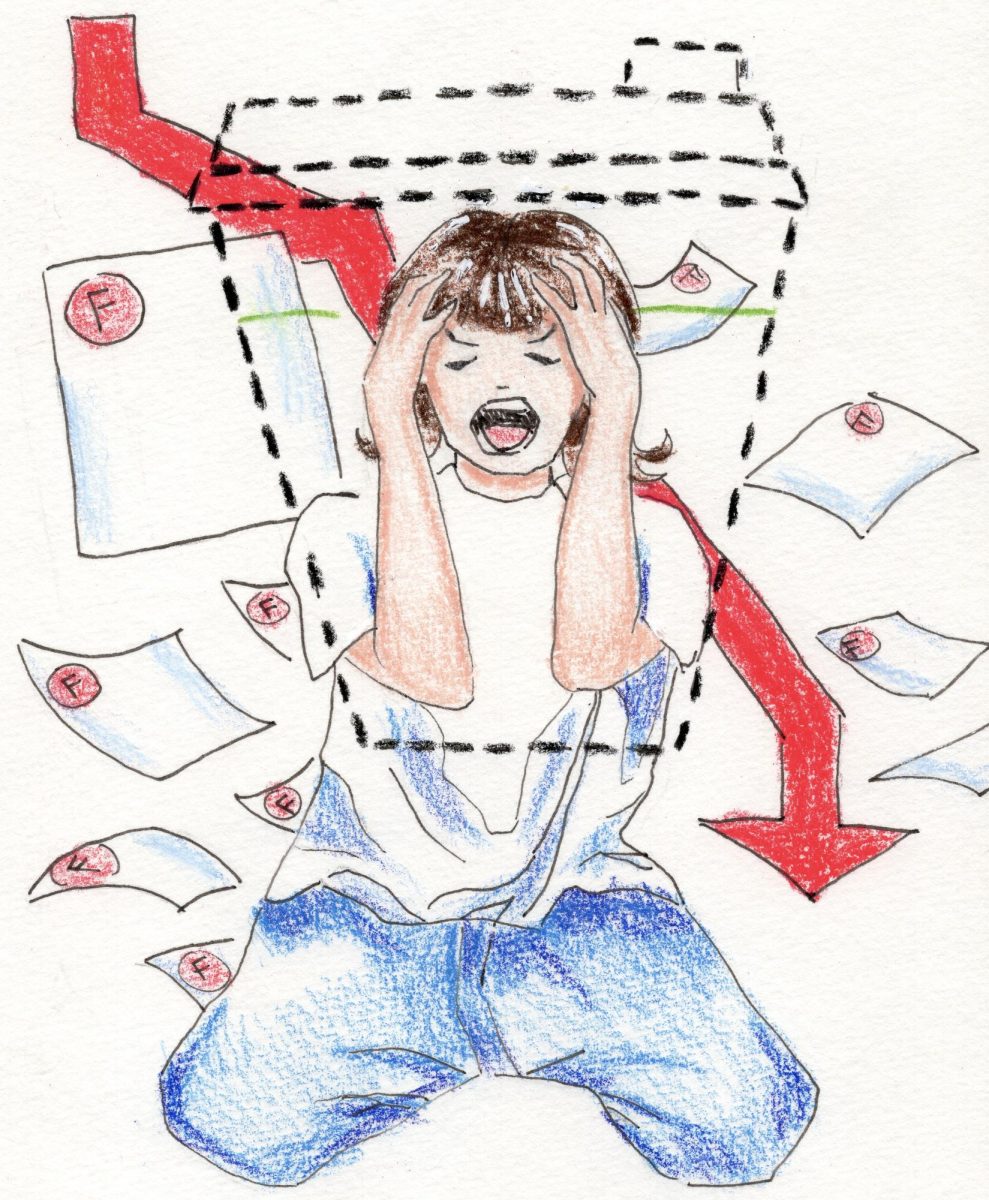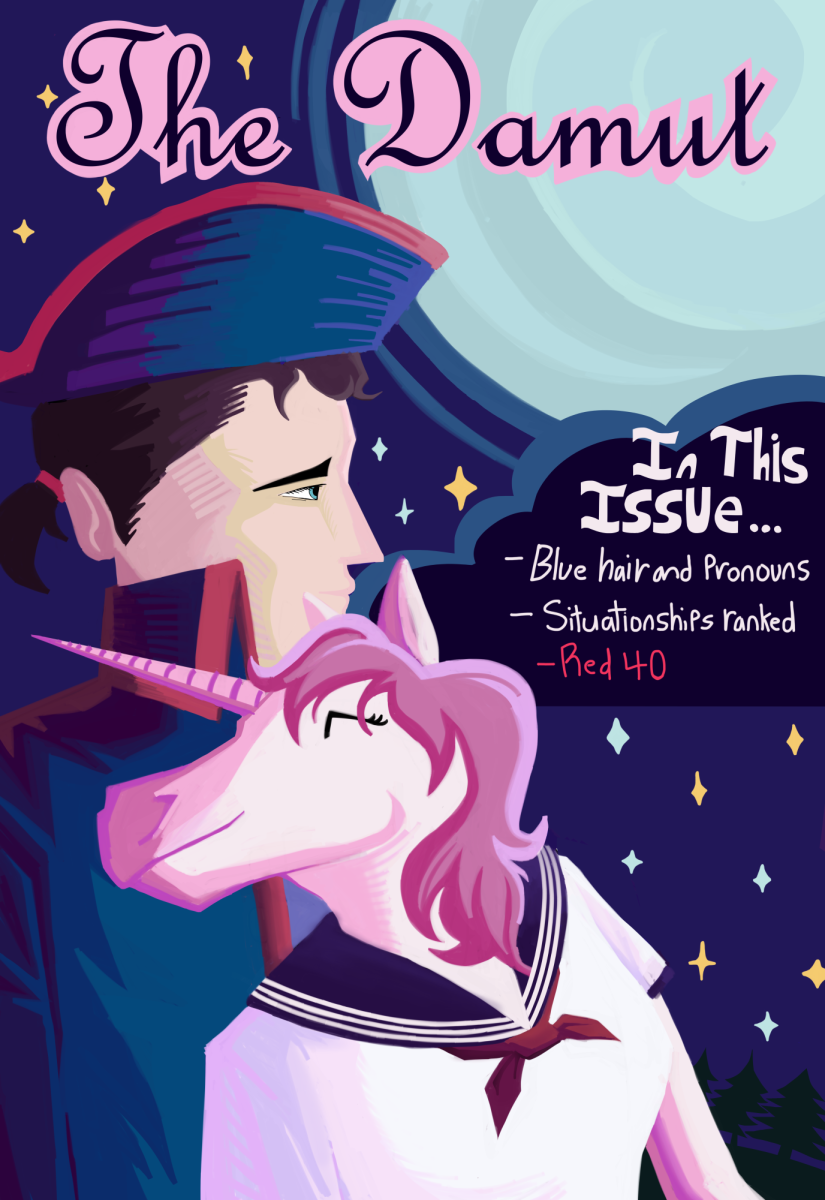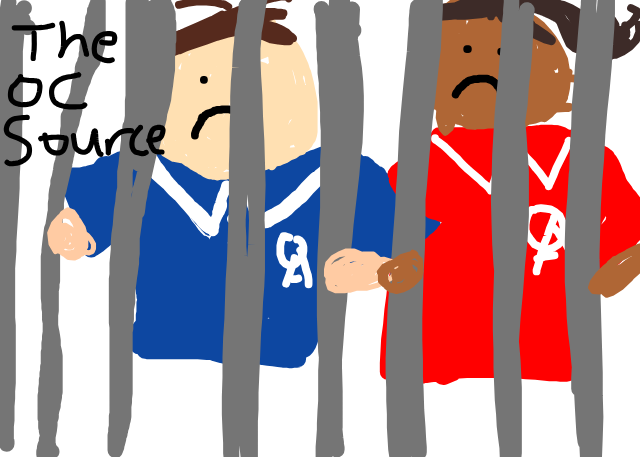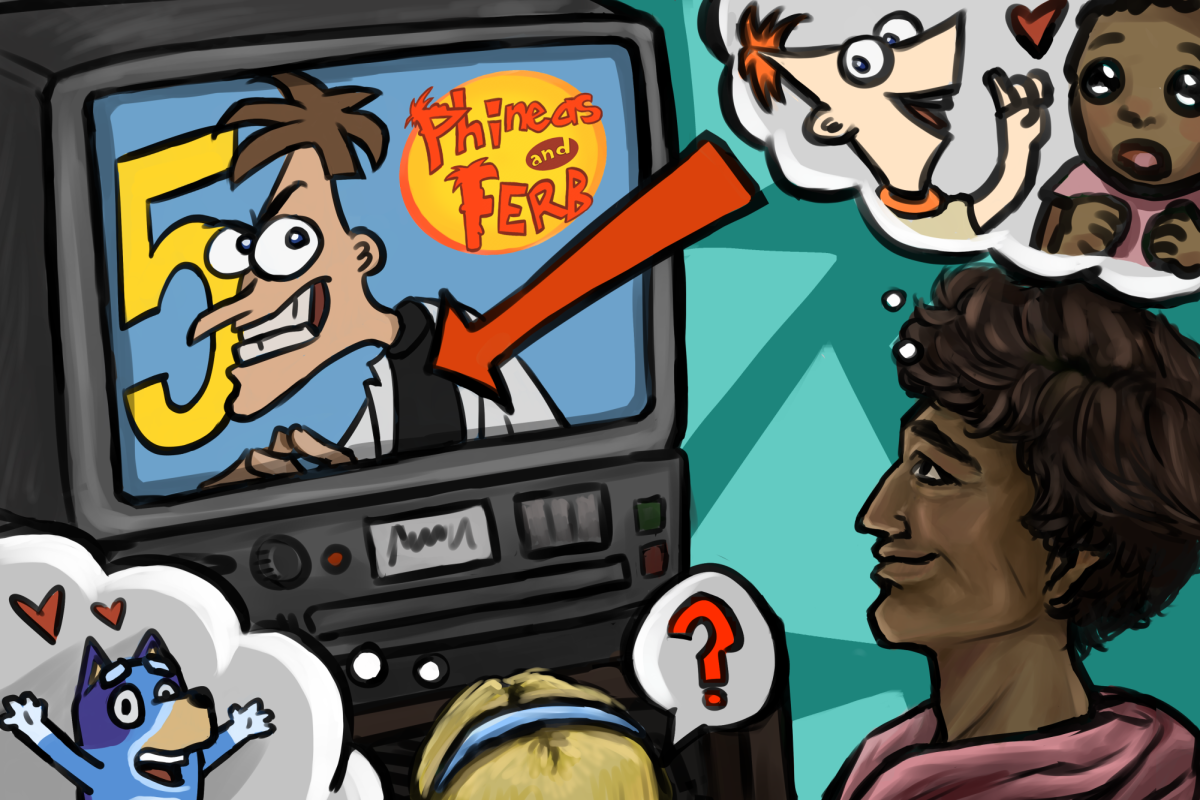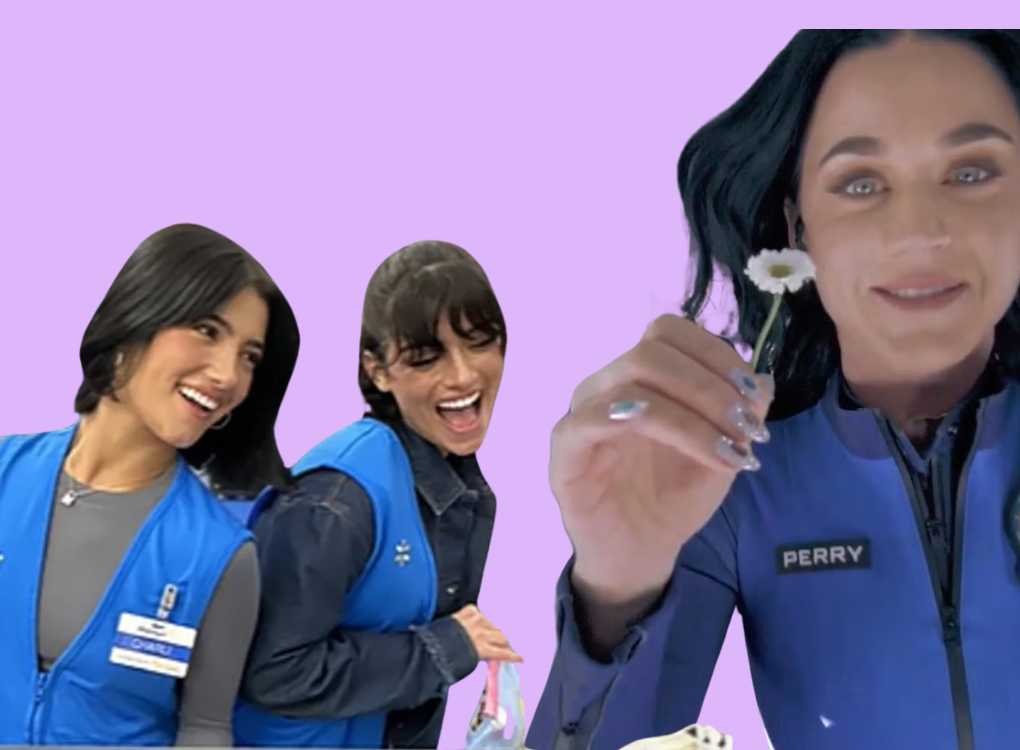The beloved Disney cartoon “Phineas and Ferb” following the spontaneous lives of two brothers and their mysterious pet platypus will return to the TV screen for a new season in 2025, nearly a decade after its finale in 2015.
However, with a completely new audience to consider and a roughly a 95% decrease in viewership from 2015 to 2024 according to entertainment media provider TVDB, the cartoon’s revival stands to tarnish the originals esteemed reputation and milk out recycled storylines.
The show’s creators, Dan Povenmire and Jeff “Swampy” Marsh, stated they intend to preserve the same light-hearted feel of the first four seasons, with similar gag-based humor and the cast returning aside from David Errigo Jr. replacing Thomas Brodie-Sangster as Ferb
“Phineas and Ferb” typically follows the same formula: the two siblings are struck by an outlandish idea that their older sister Candace is determined to bust. In the meantime, family pet and secret agent Perry the Platypus goes off to fight his archnemesis Dr. Doofenshmirtz, which reverses any work the kids do and saves them from parental scolding.
While it’s straightforward to throw the main crew of kids into new bizarre adventures, Dr. Doofenshmirtz swore off evil at the end of the series, meaning a new story subplot would need to be established. Though in other spin-off-like specials of the show, such as the “O.W.C.A Files” test pilot and the standalone series “Milo Murphy’s Law,” they explore Doofenshmirtz pursuing good, the cancellation of the latter and the former’s inability to grow into its own series might suggest that Doofenshmirtz’s new leaf might not garner the audience’s interest in the same way.
All things considered, “Phineas and Ferb” season five has immense potential if it adapts to the current climate of children’s television.
The writers may also explain Doofenshmirtz’s transition away completely in an attempt to recapture the nostalgia of the show in the early 2010s, vilifying the character for the sake of familiarity.
Another potential concern is the change in audience; the majority of the show’s initial audience has grown into adulthood, and while many might retain interest, the show would naturally have to target new youth.
The writers might struggle to balance the initial wordplay, irony-based humor, and the more meme-focused, satirical energy noted in Generation Alpha. This forces creators into a corner by either straying too far from the original nature of the show or becoming unable to hook their viewers by not transitioning enough.
All things considered, “Phineas and Ferb” season five has immense potential if it adapts to the current climate of children’s television. By exploring new character storylines—such as supporting Dr. Doofenshmirtz in his change of heart or expanding on Candace’s best friend Stacy now knowing Perry’s secret—the show can genuinely explore untraversed avenues that they missed the first time around.
While “Phineas and Ferb”’s revival might serve as a nostalgic blast to the past, it’s more likely to push characters into overused tropes and fail to maintain its iconic quality with a new audience and a new world of media.


